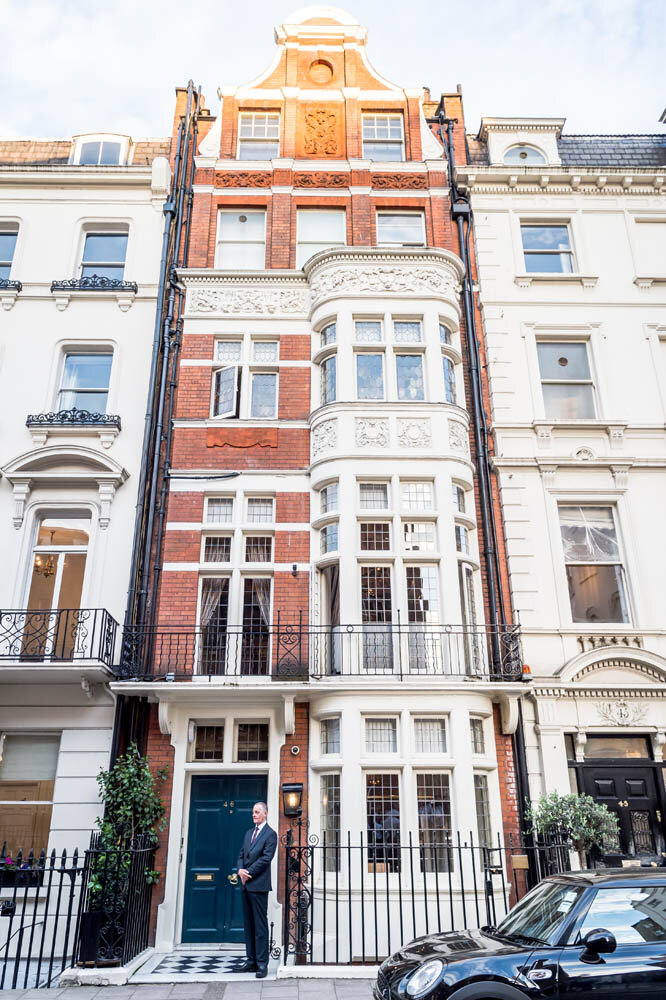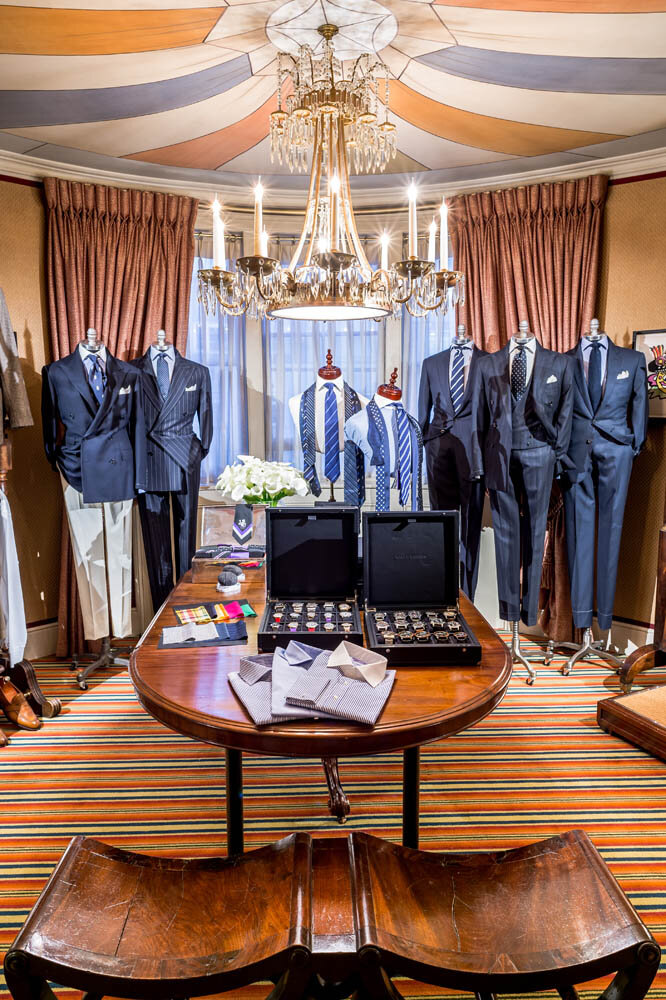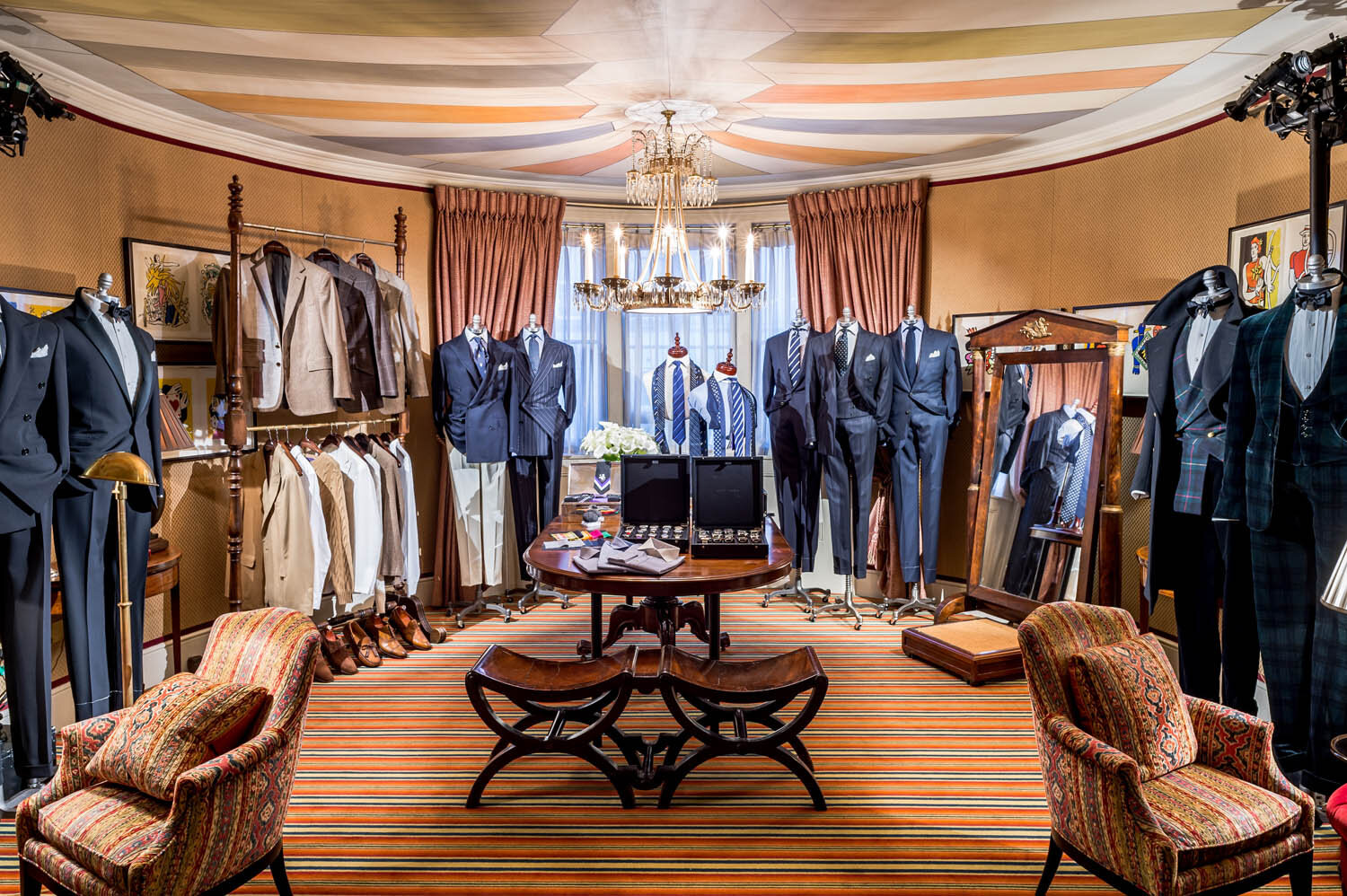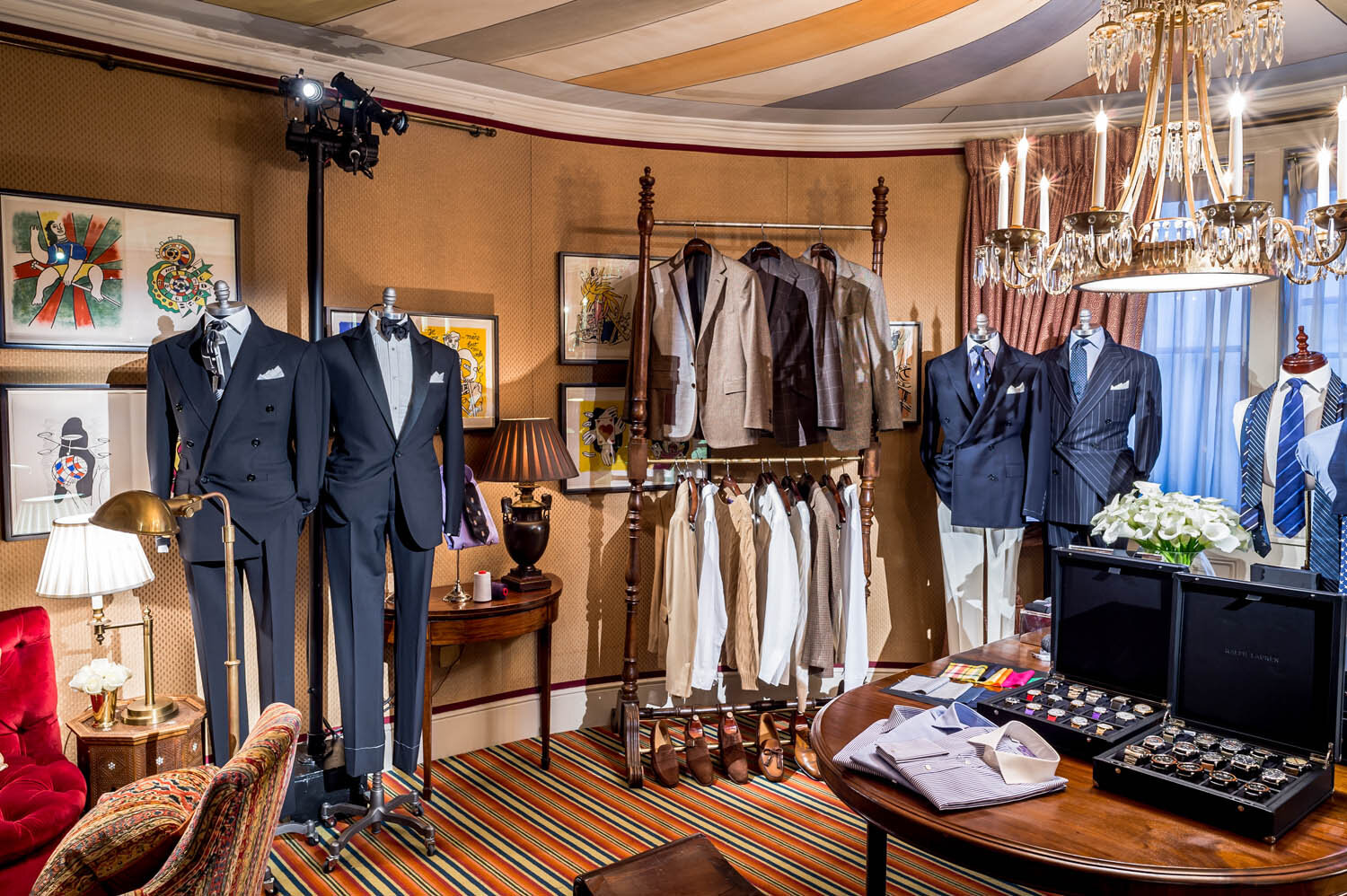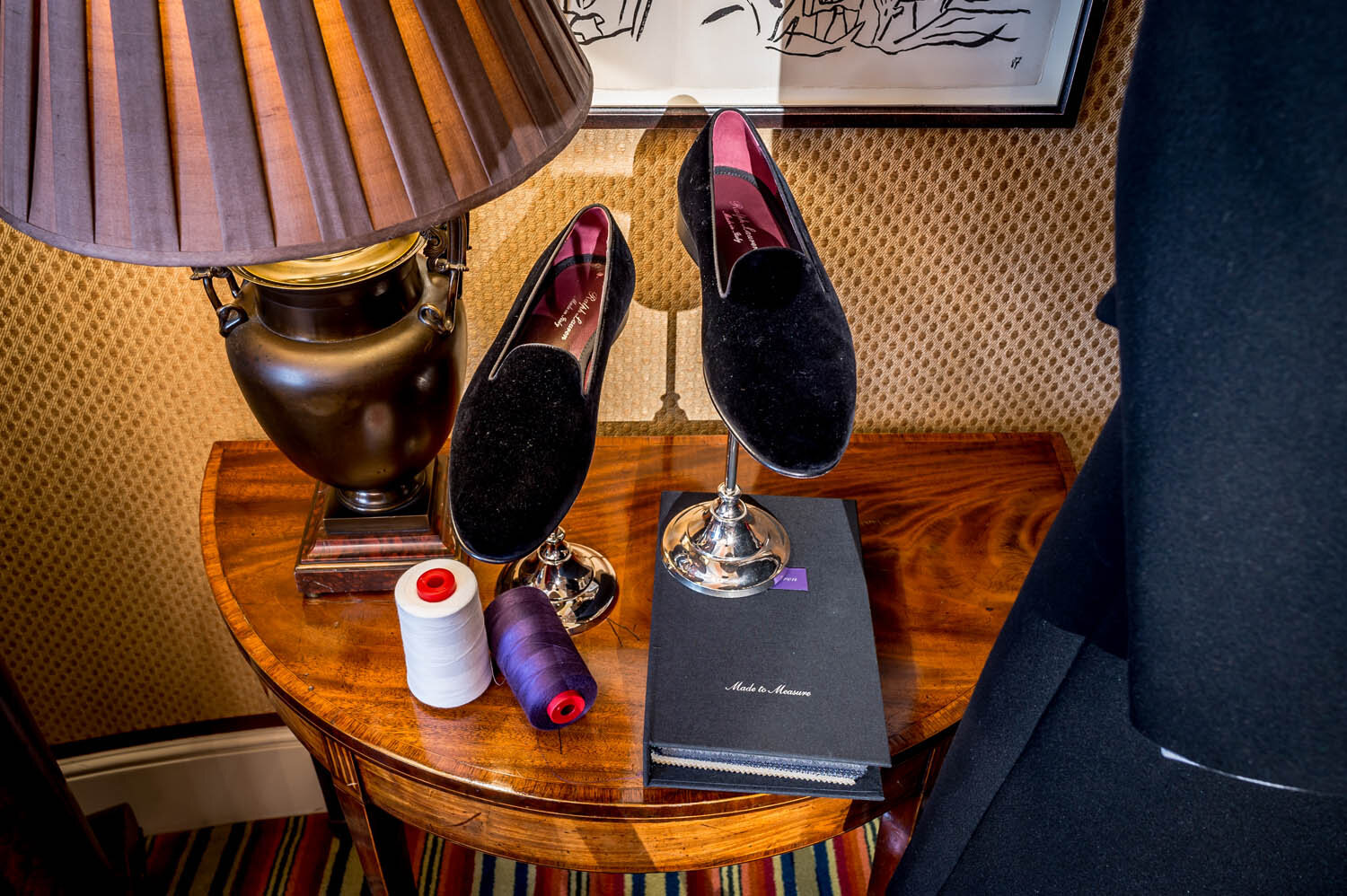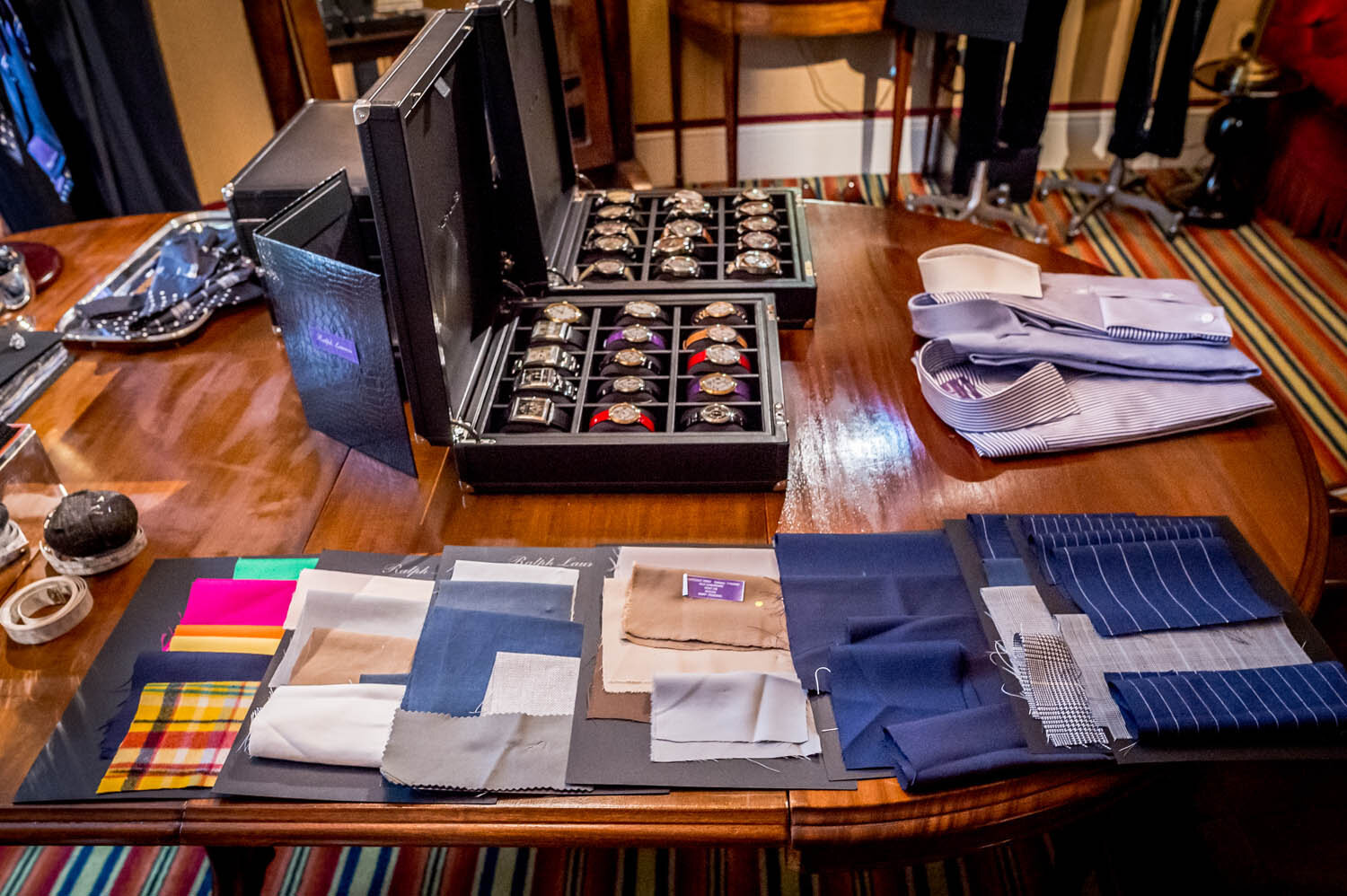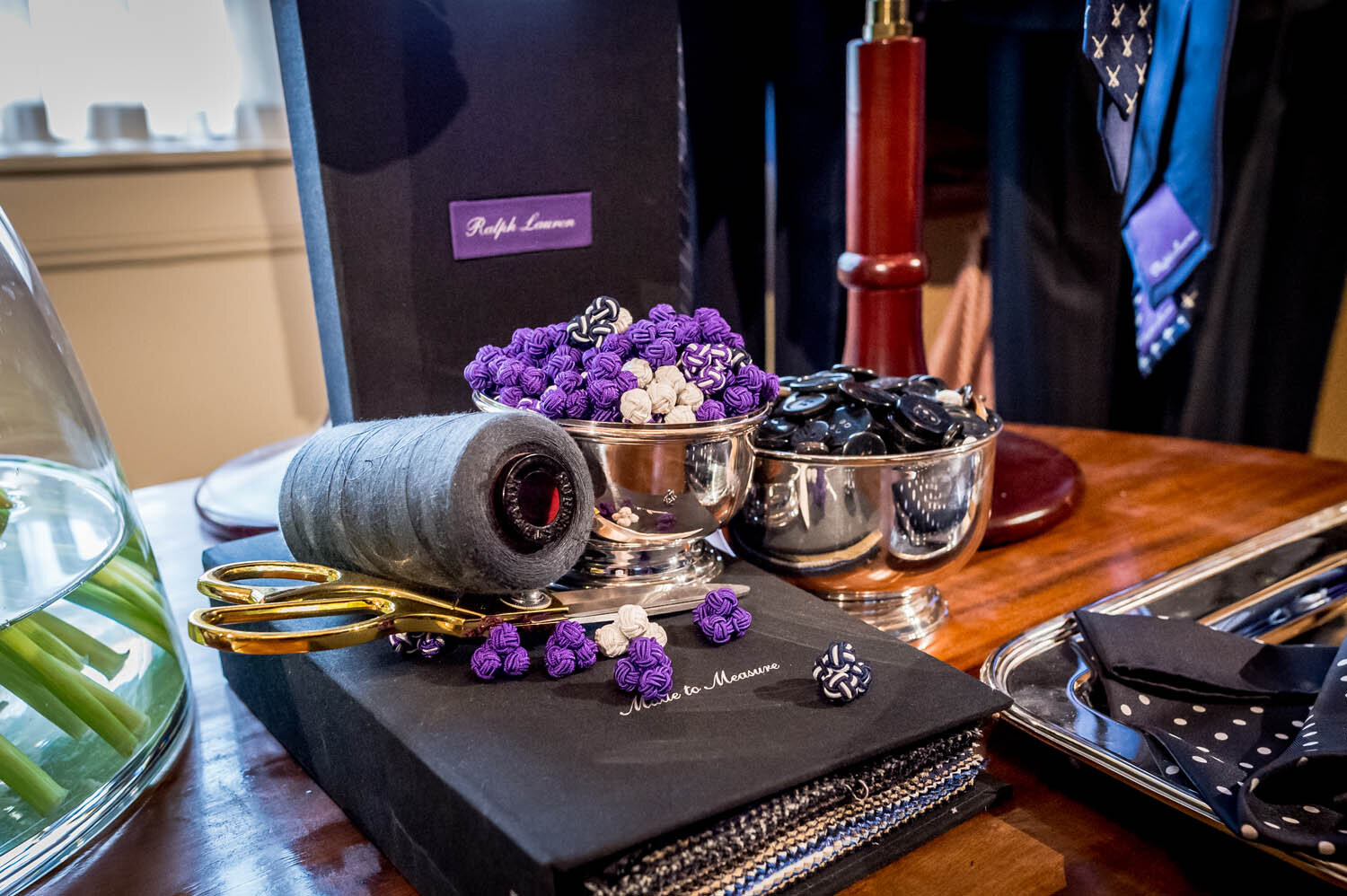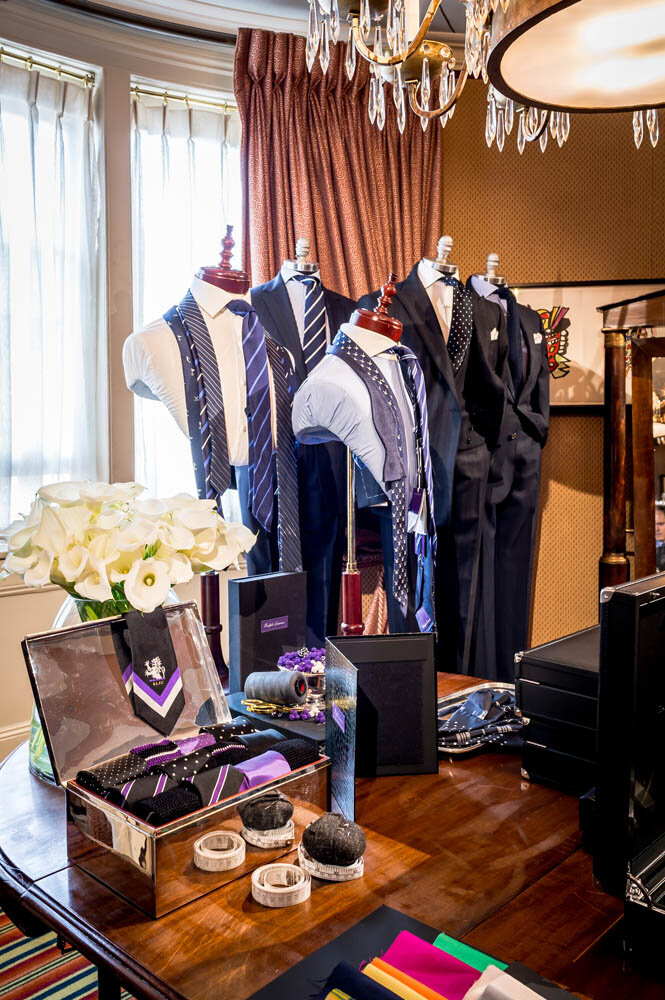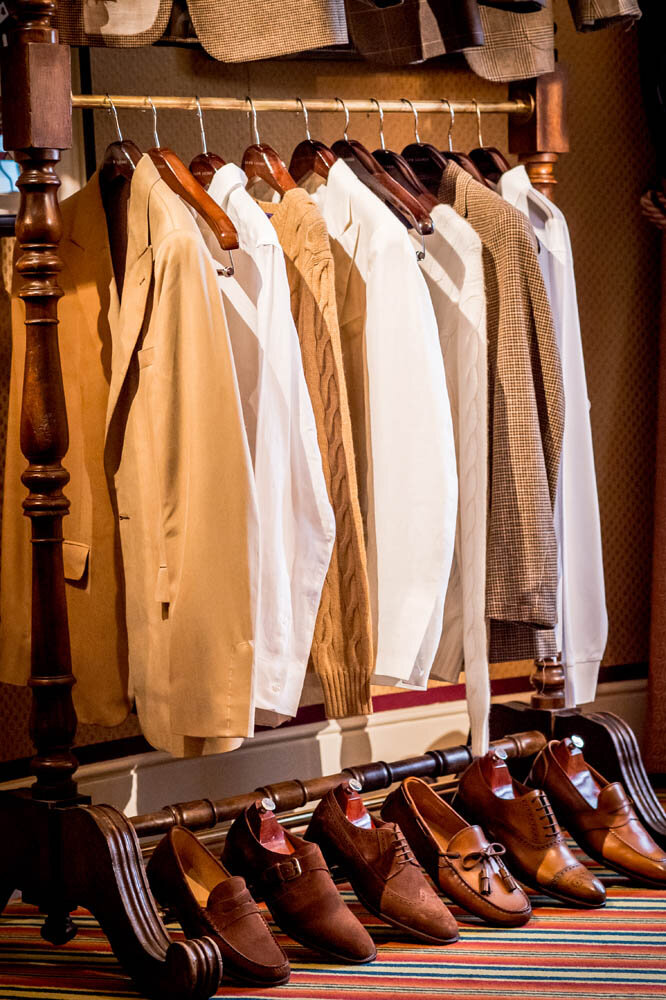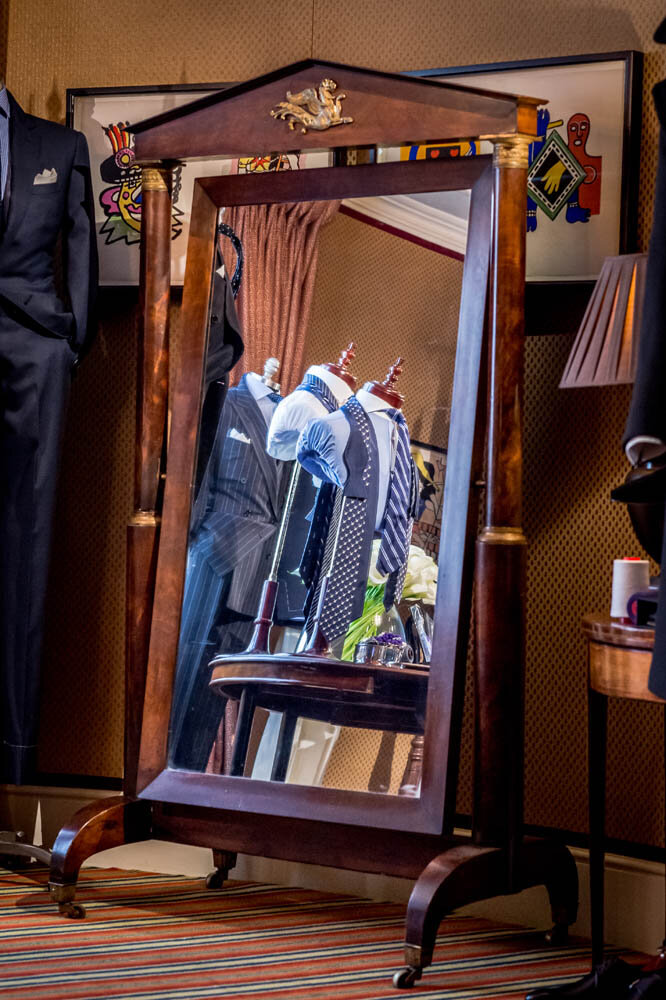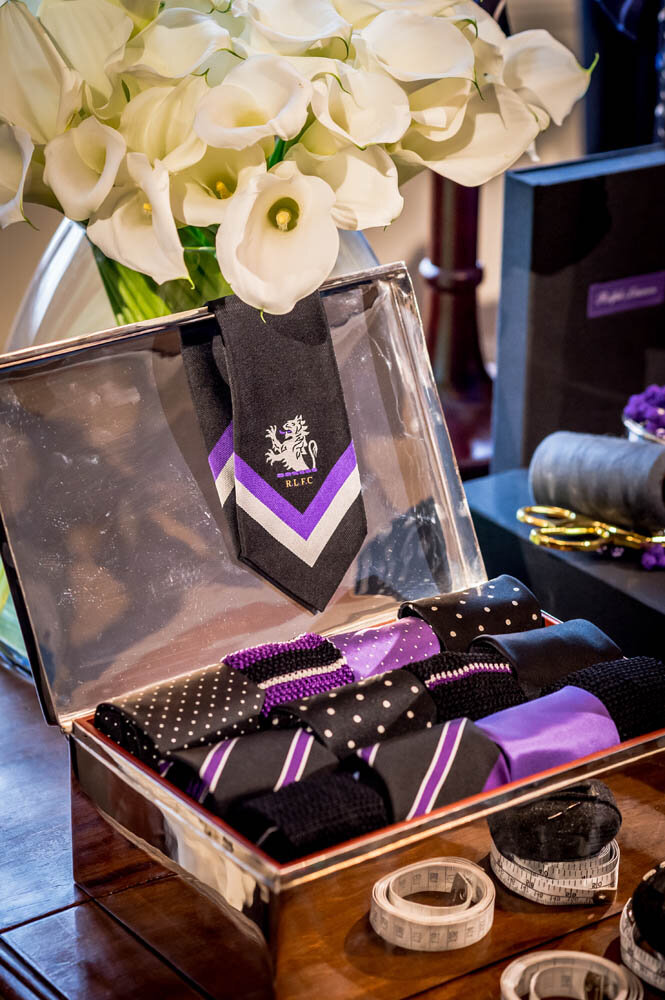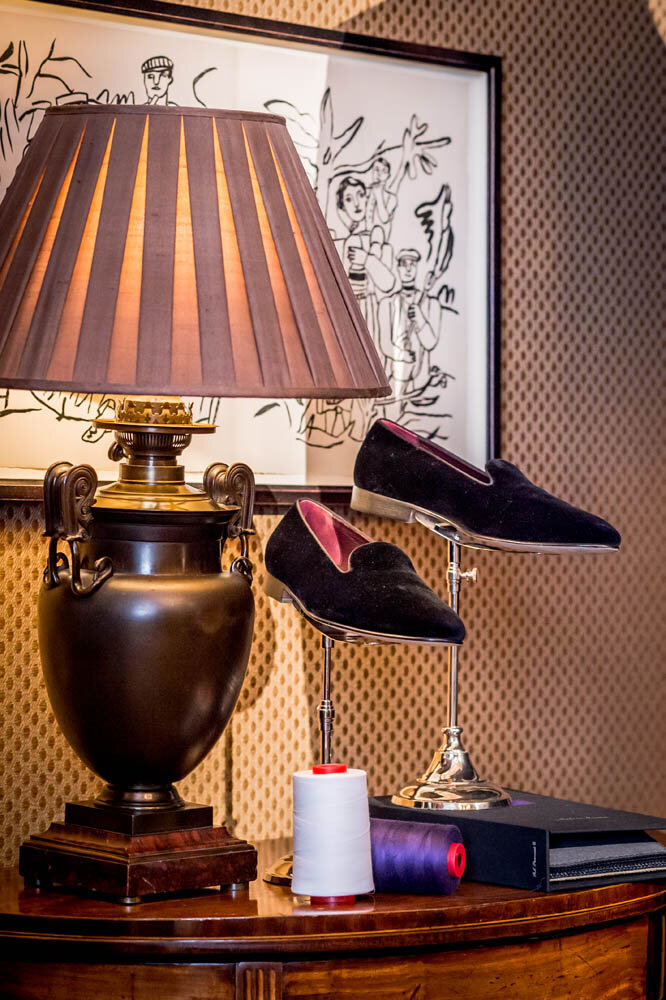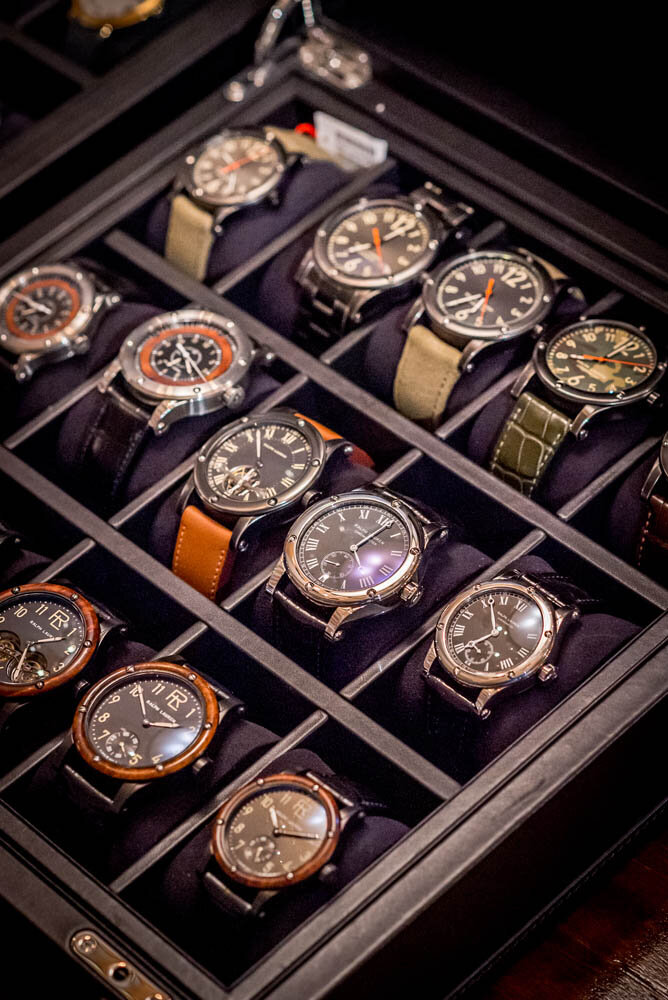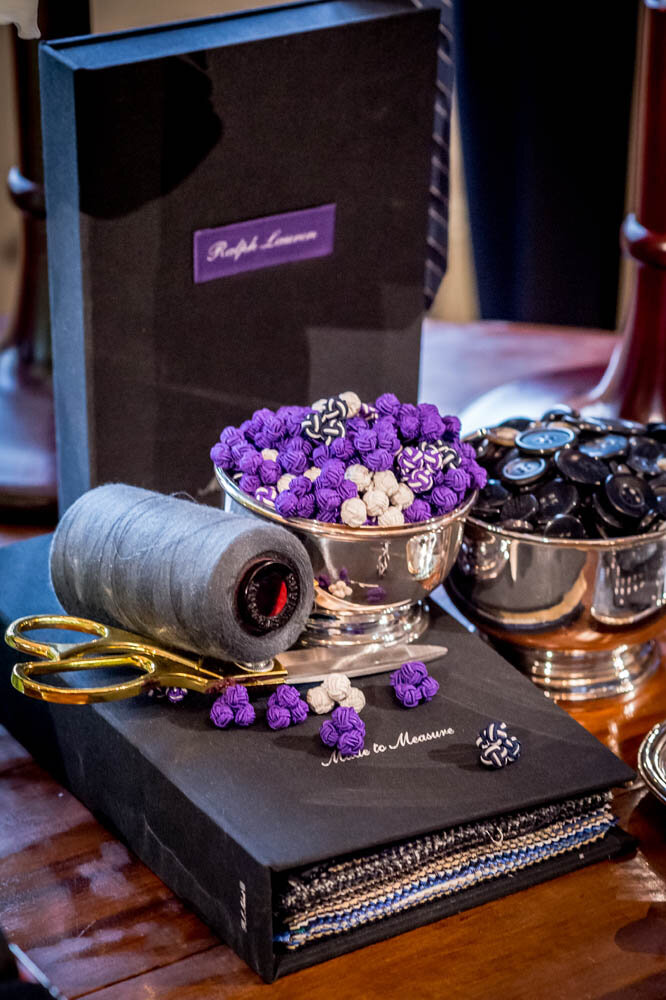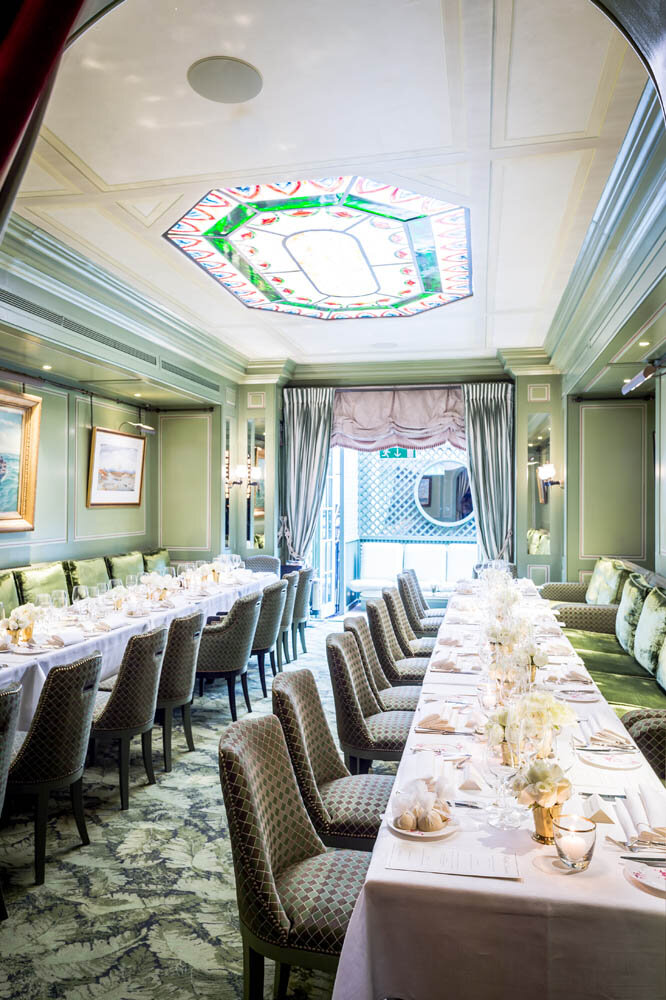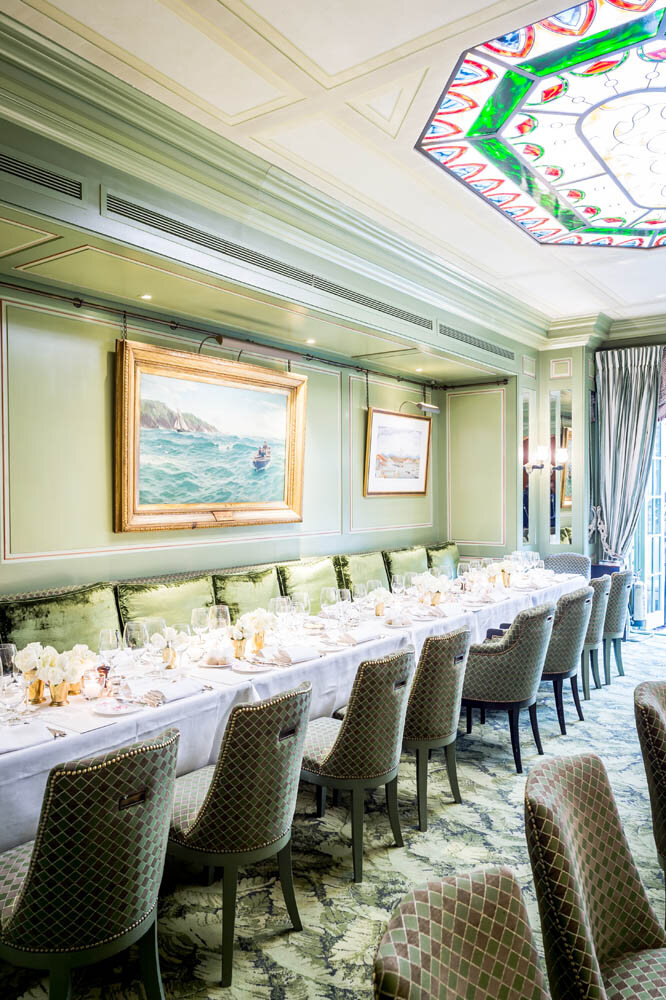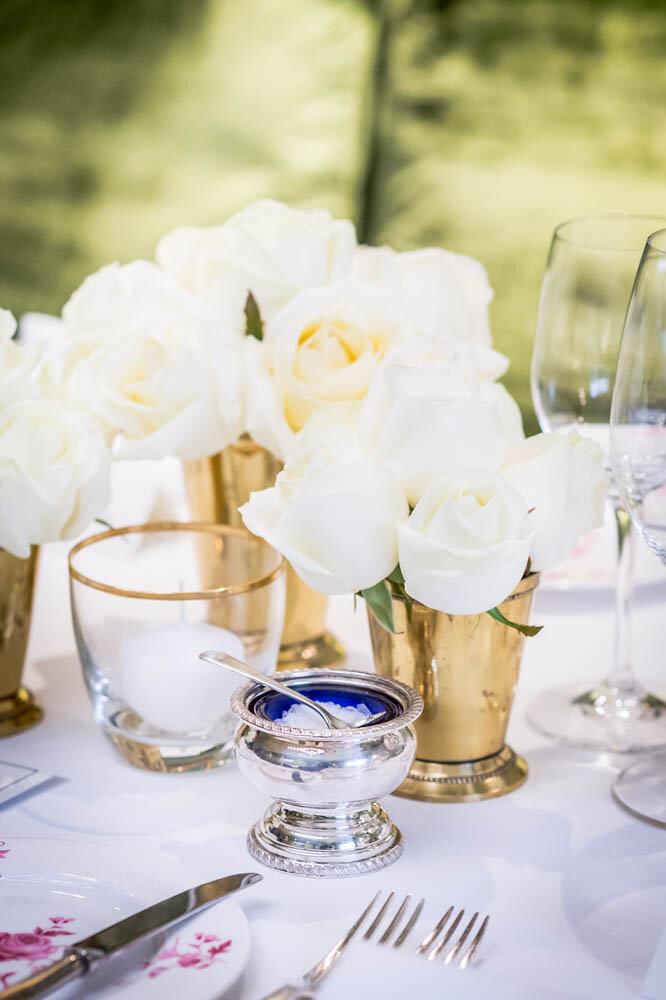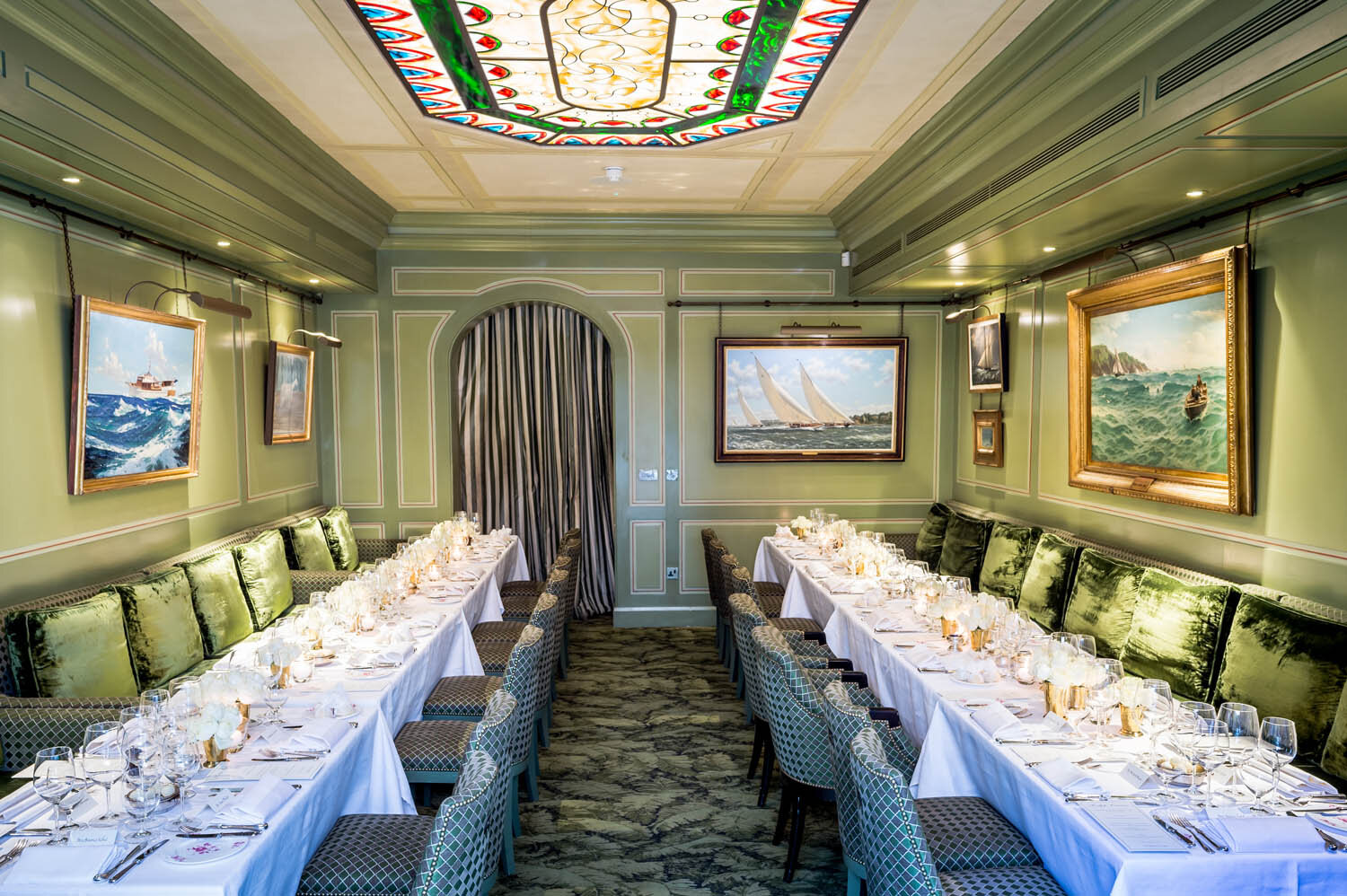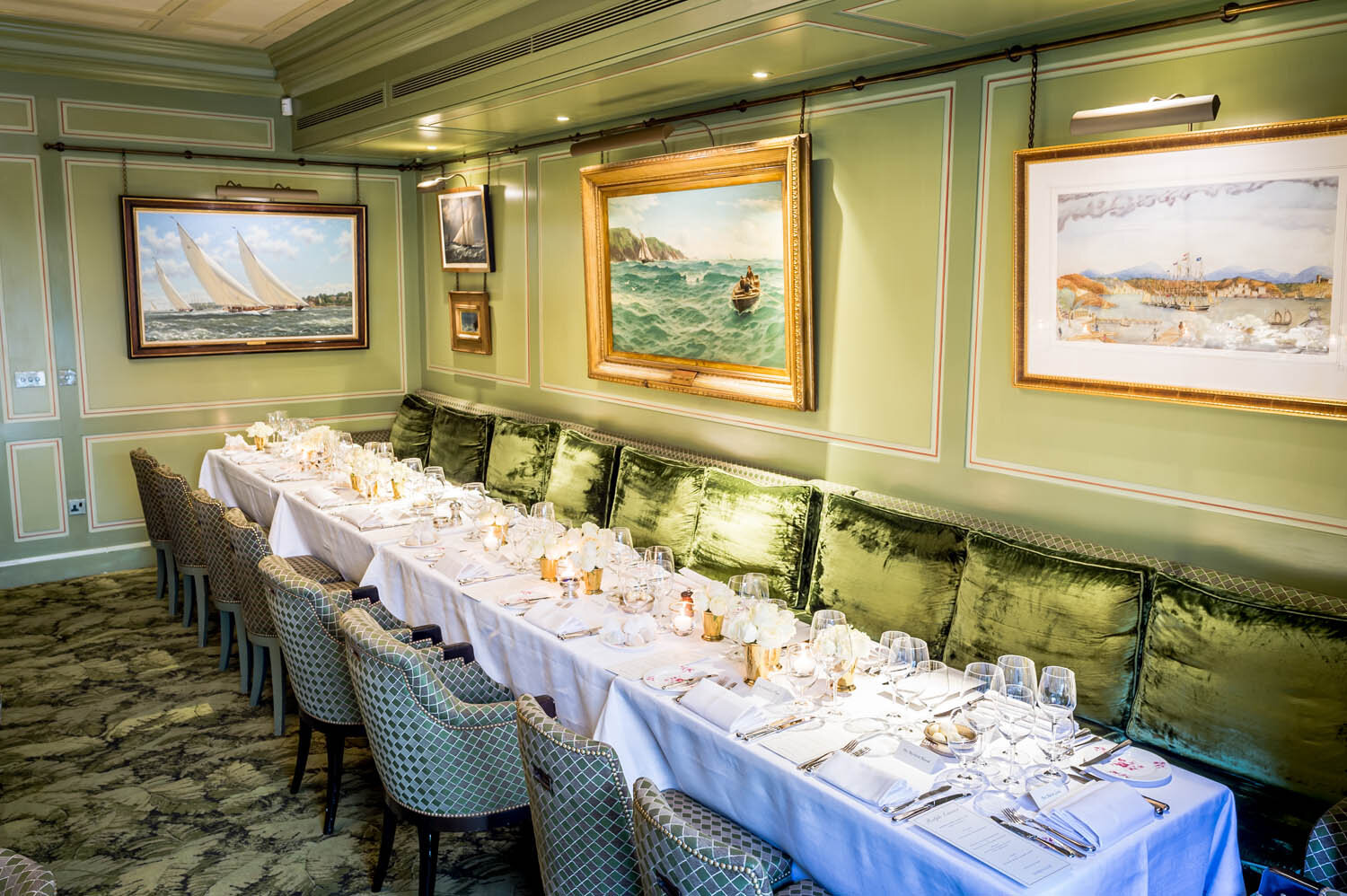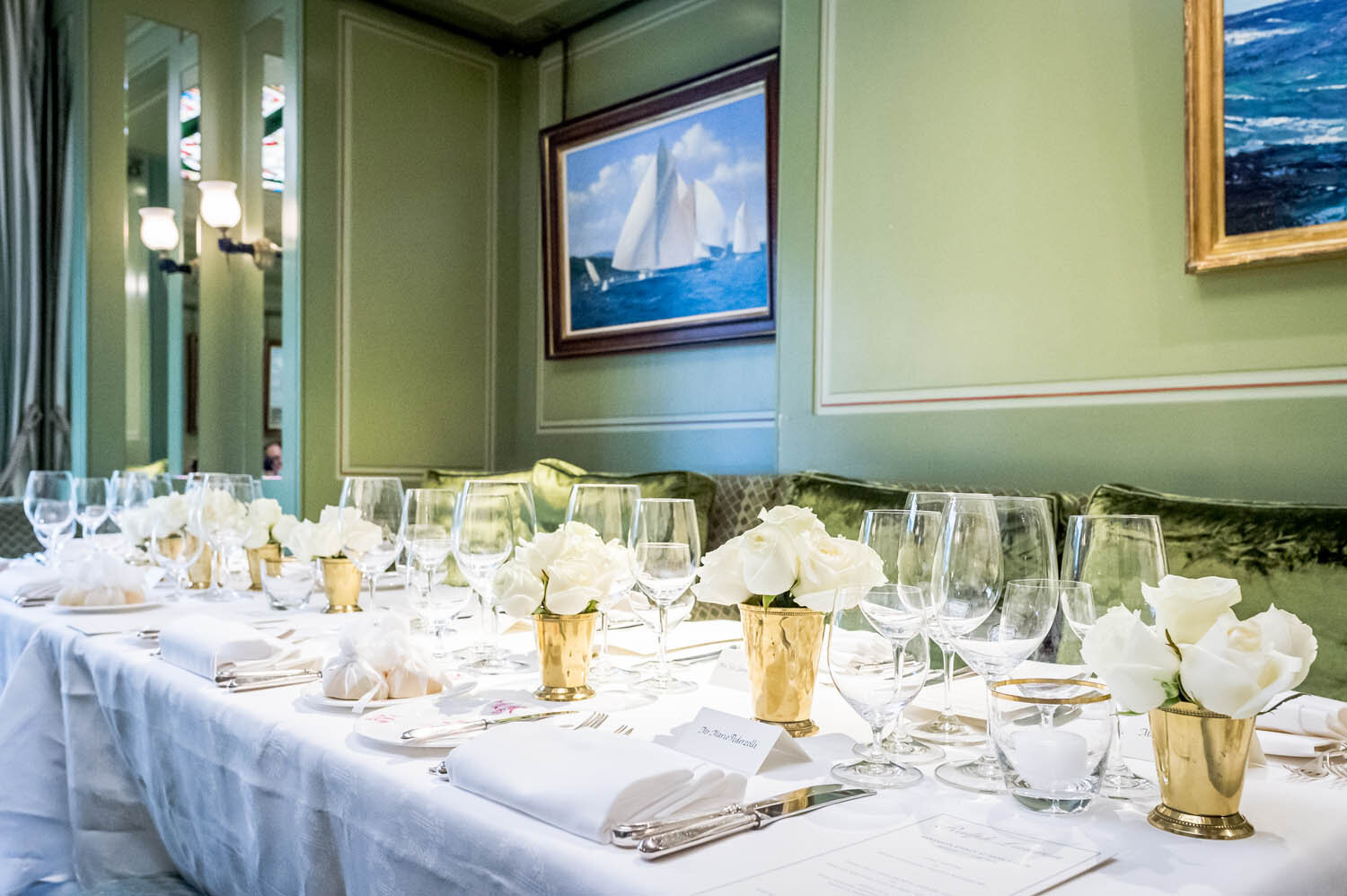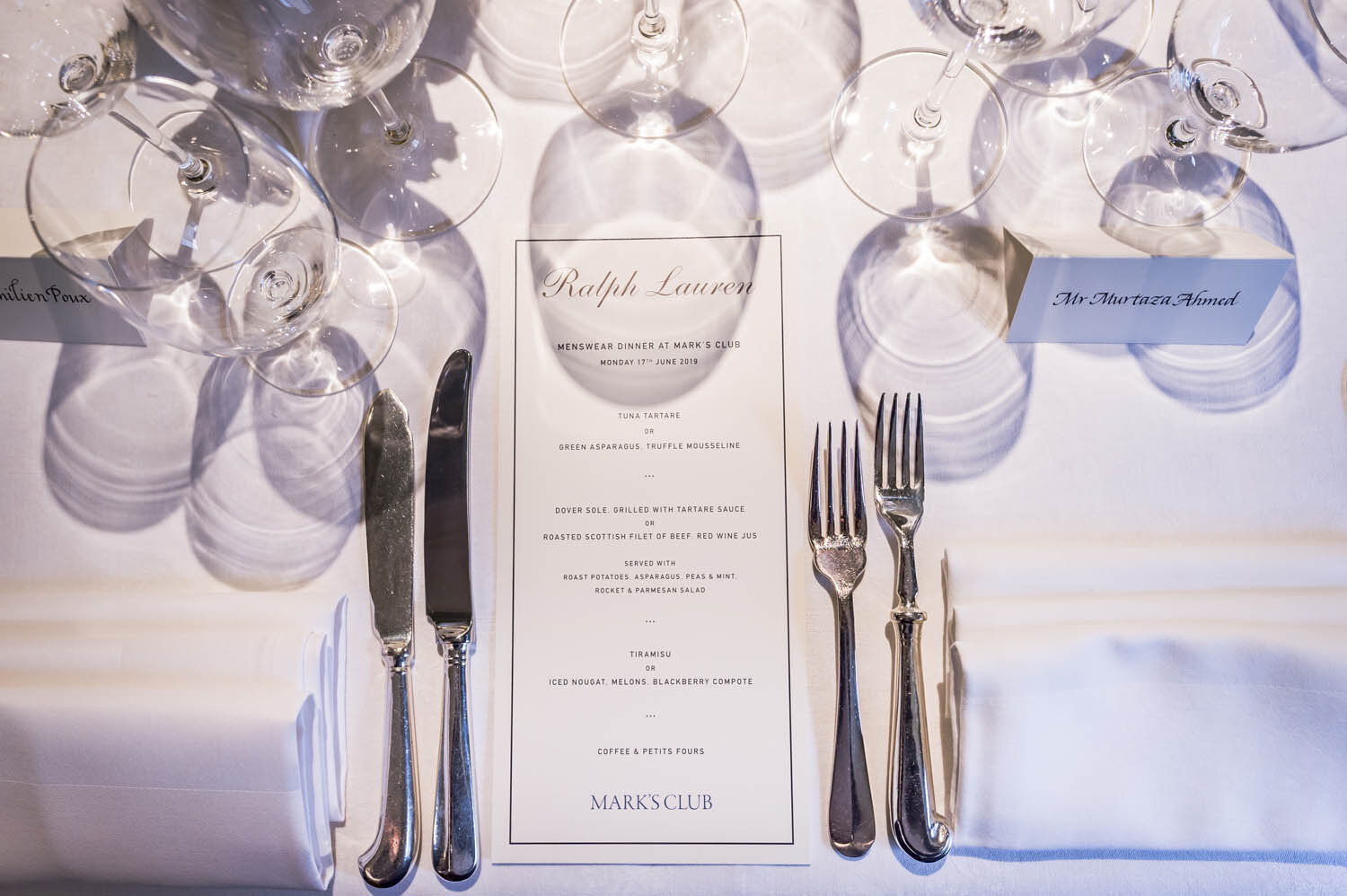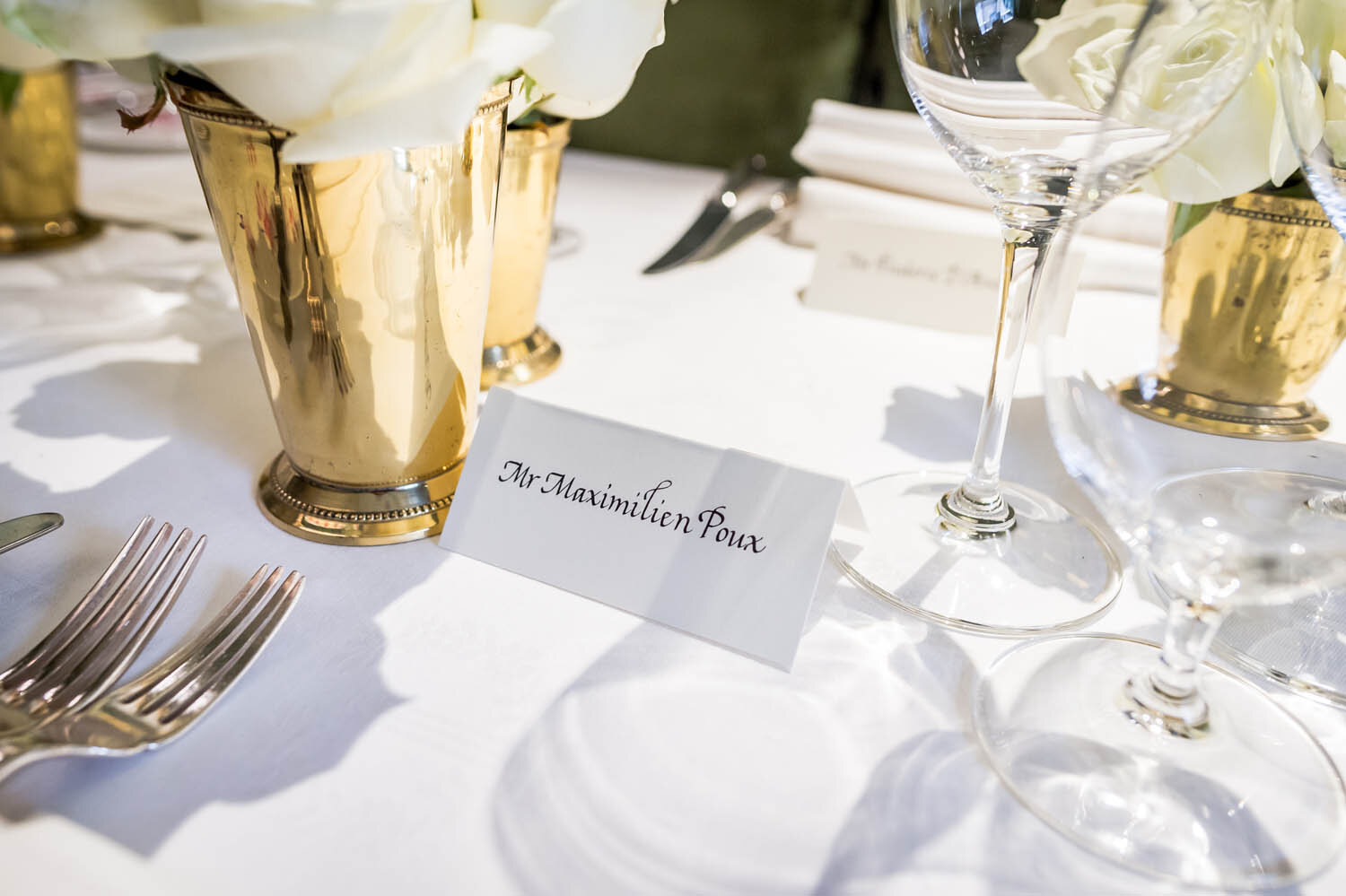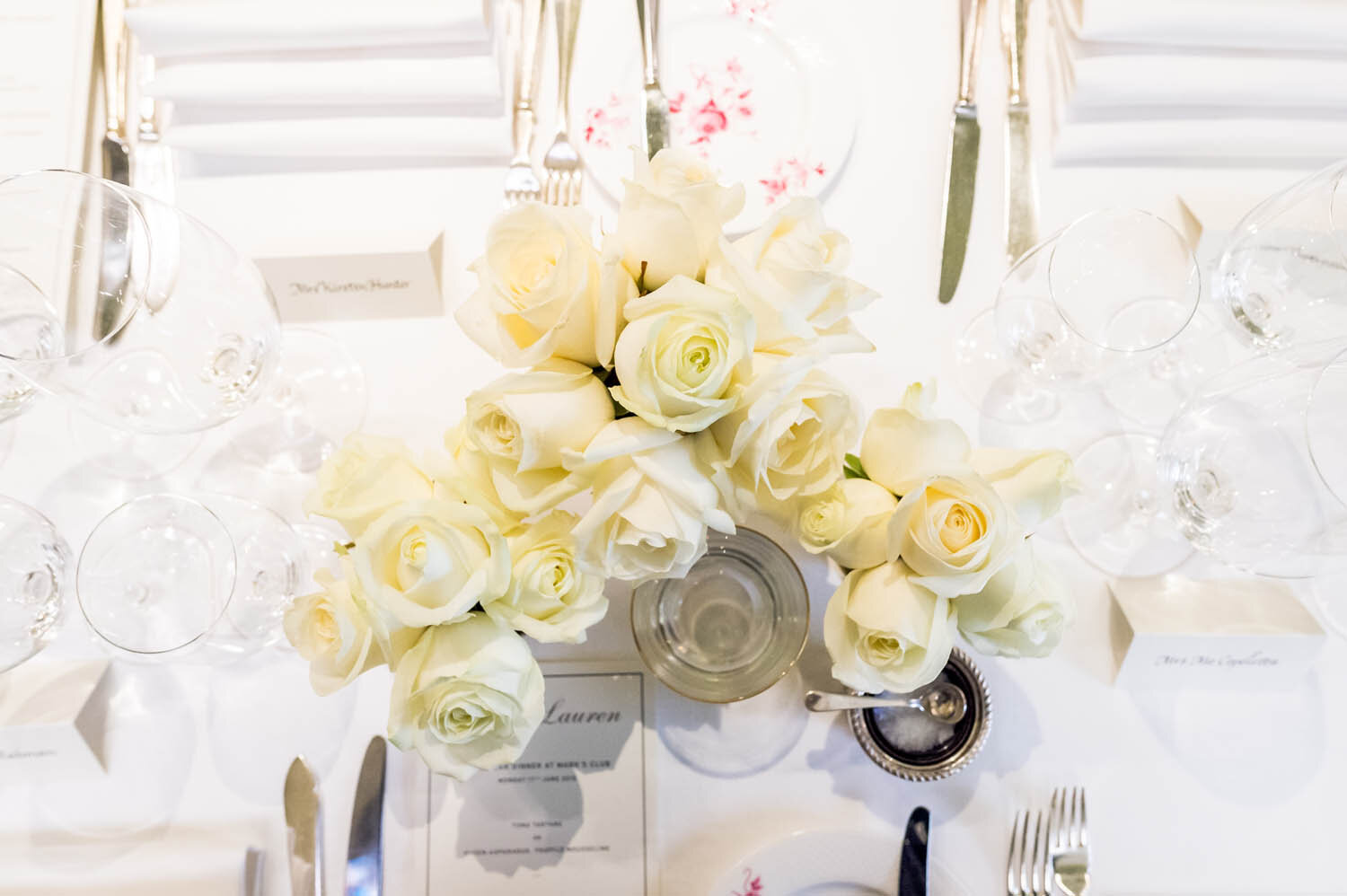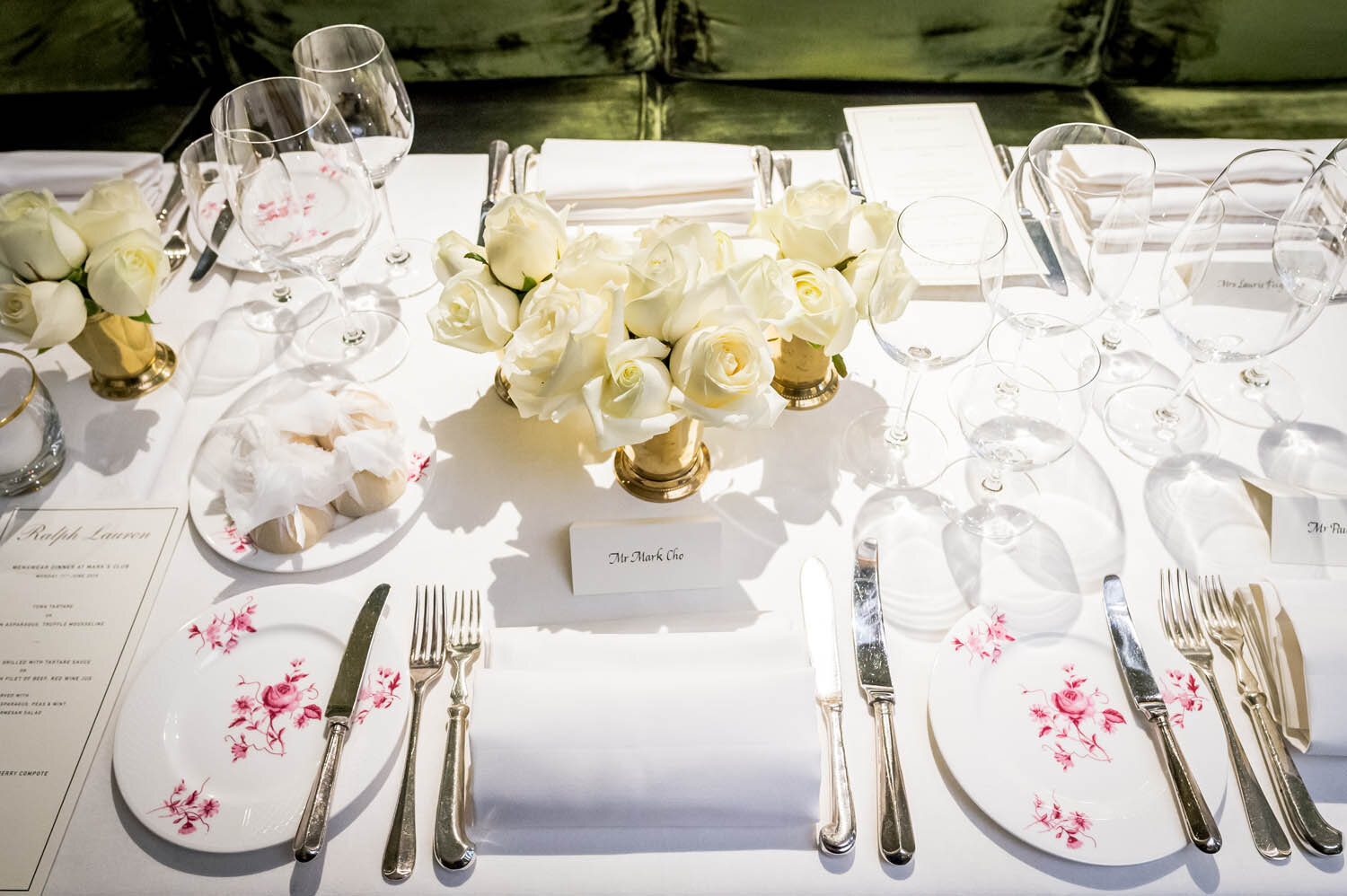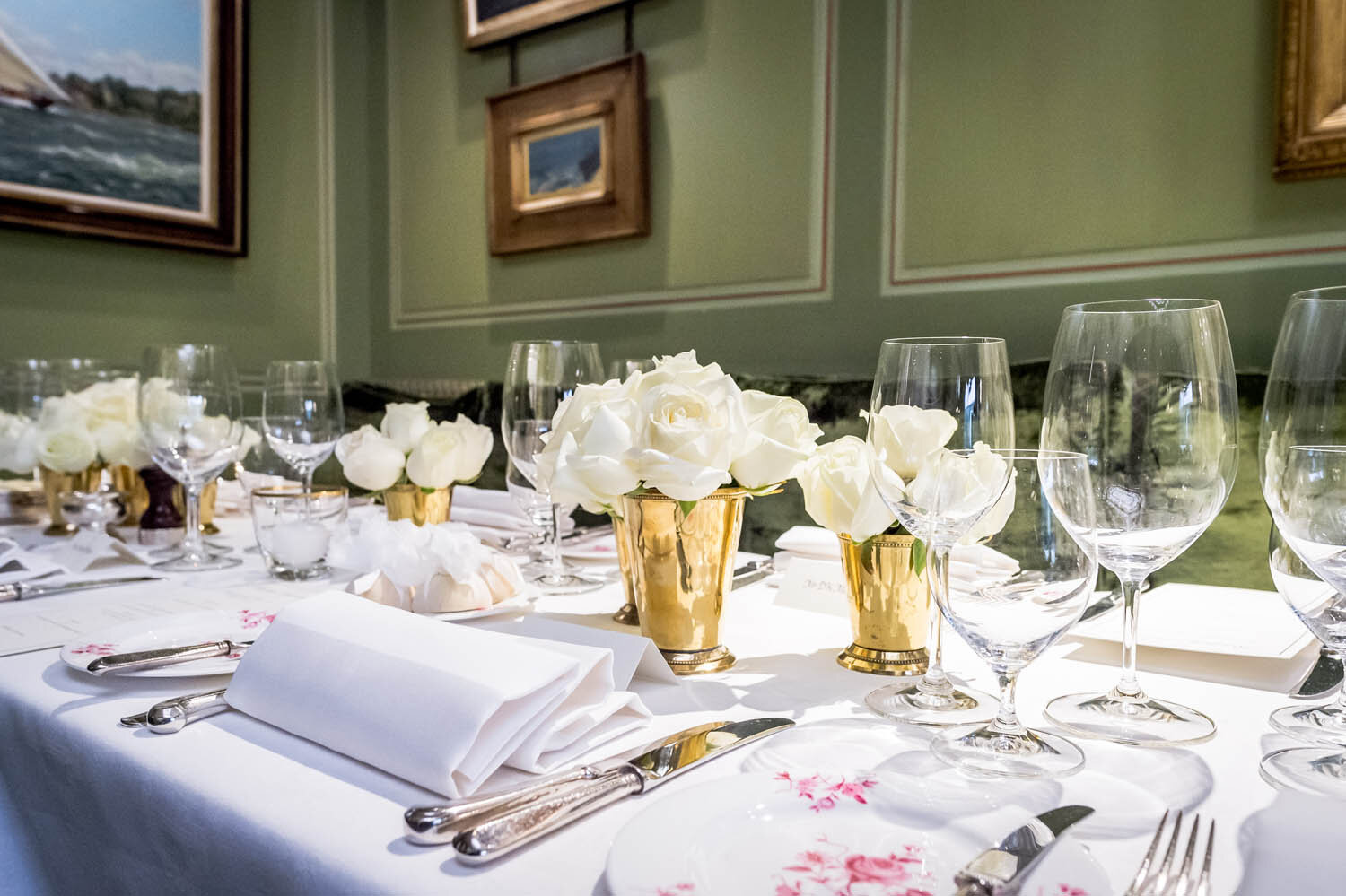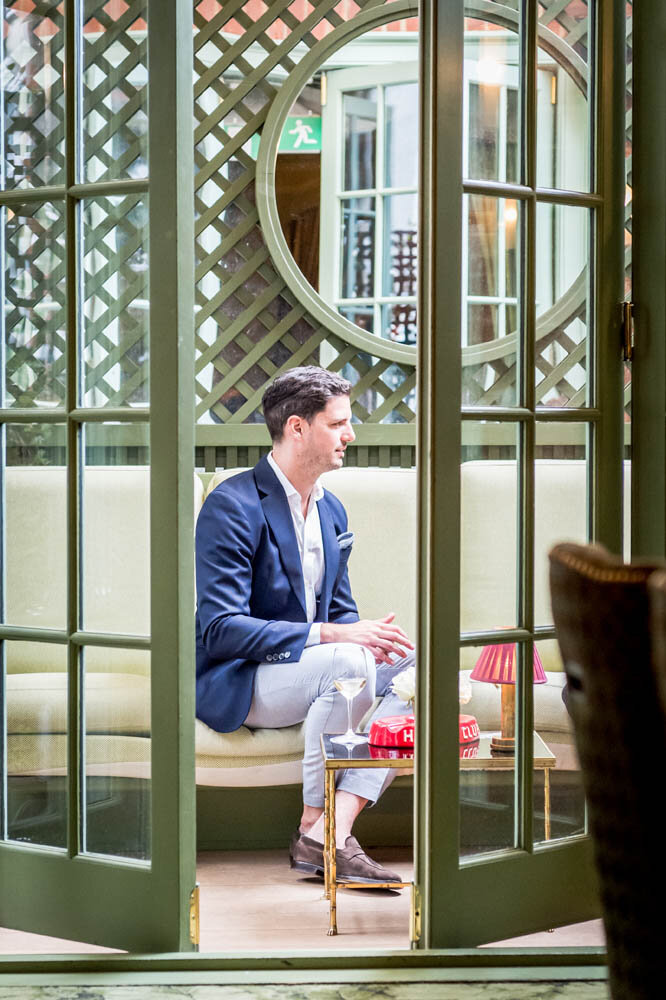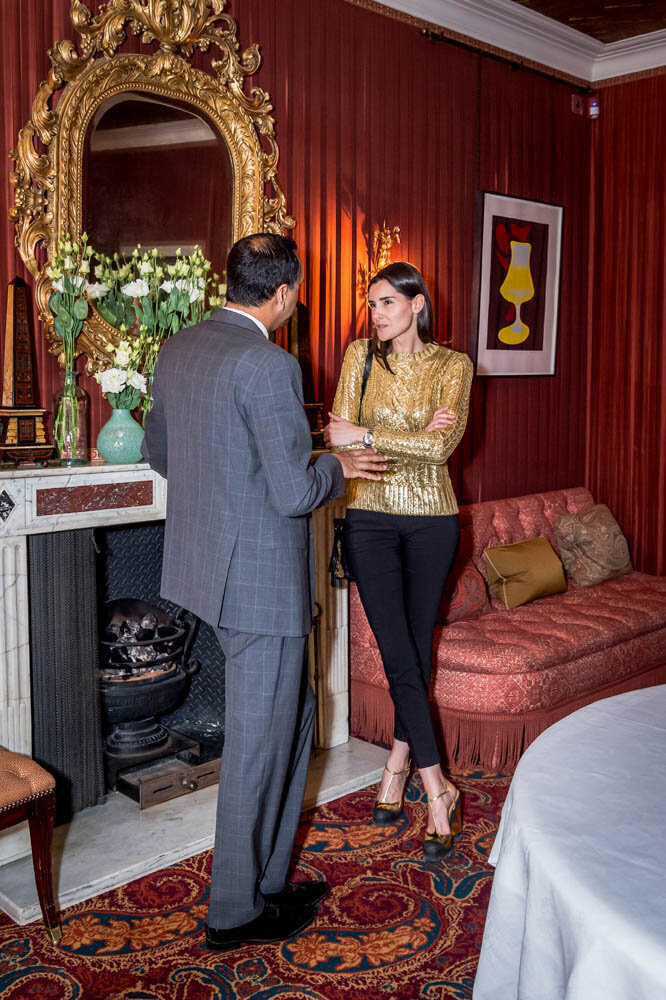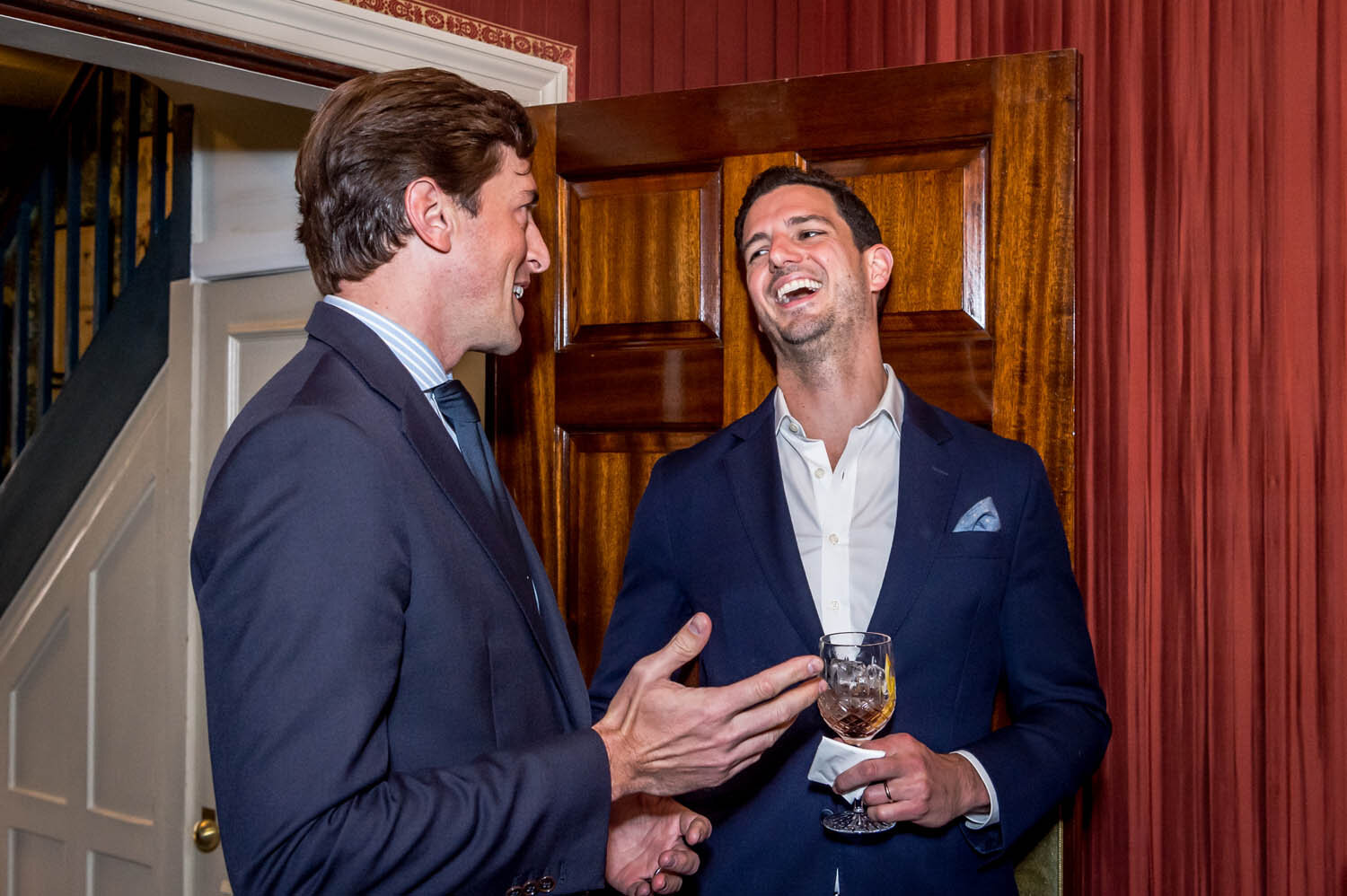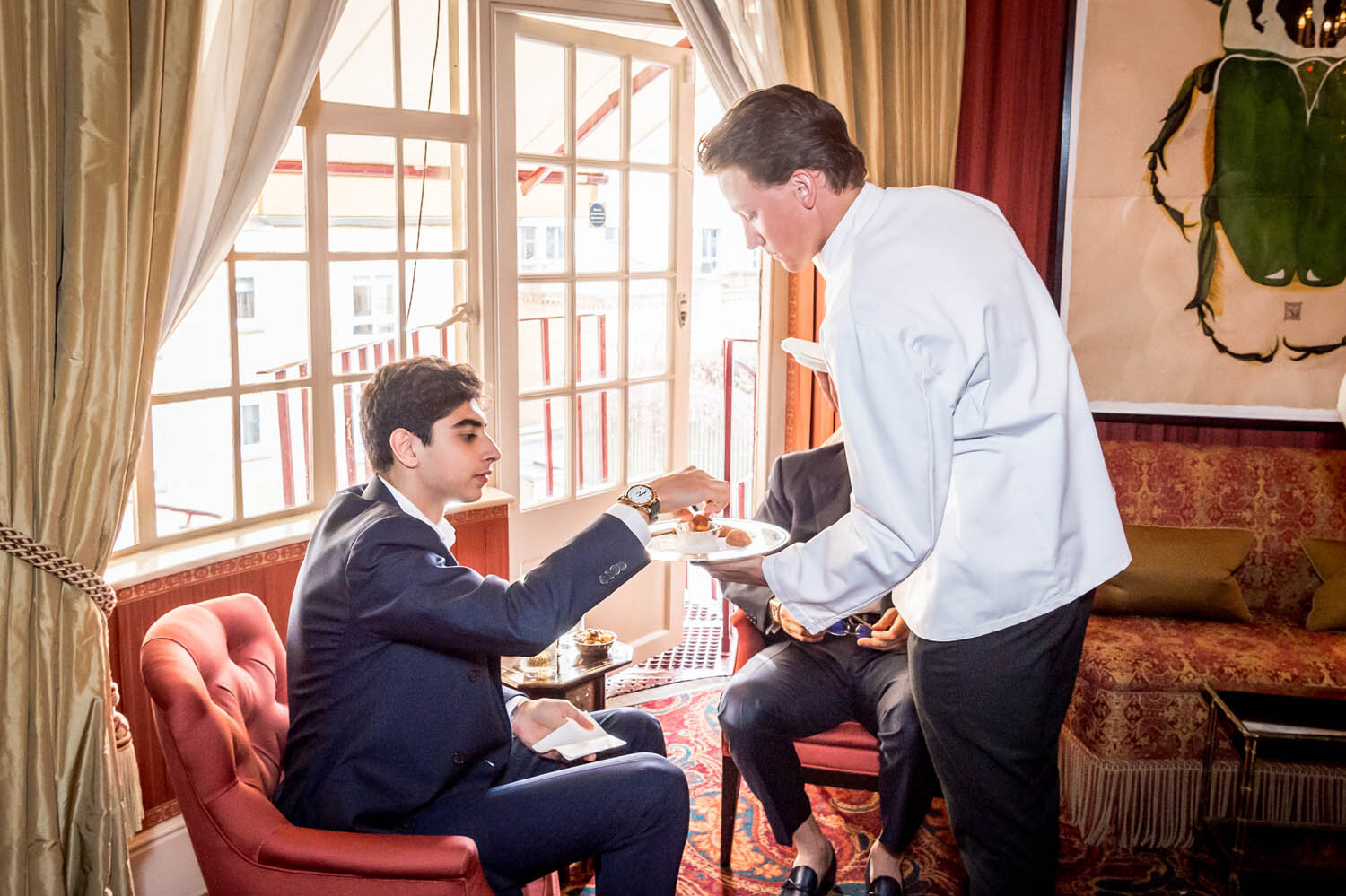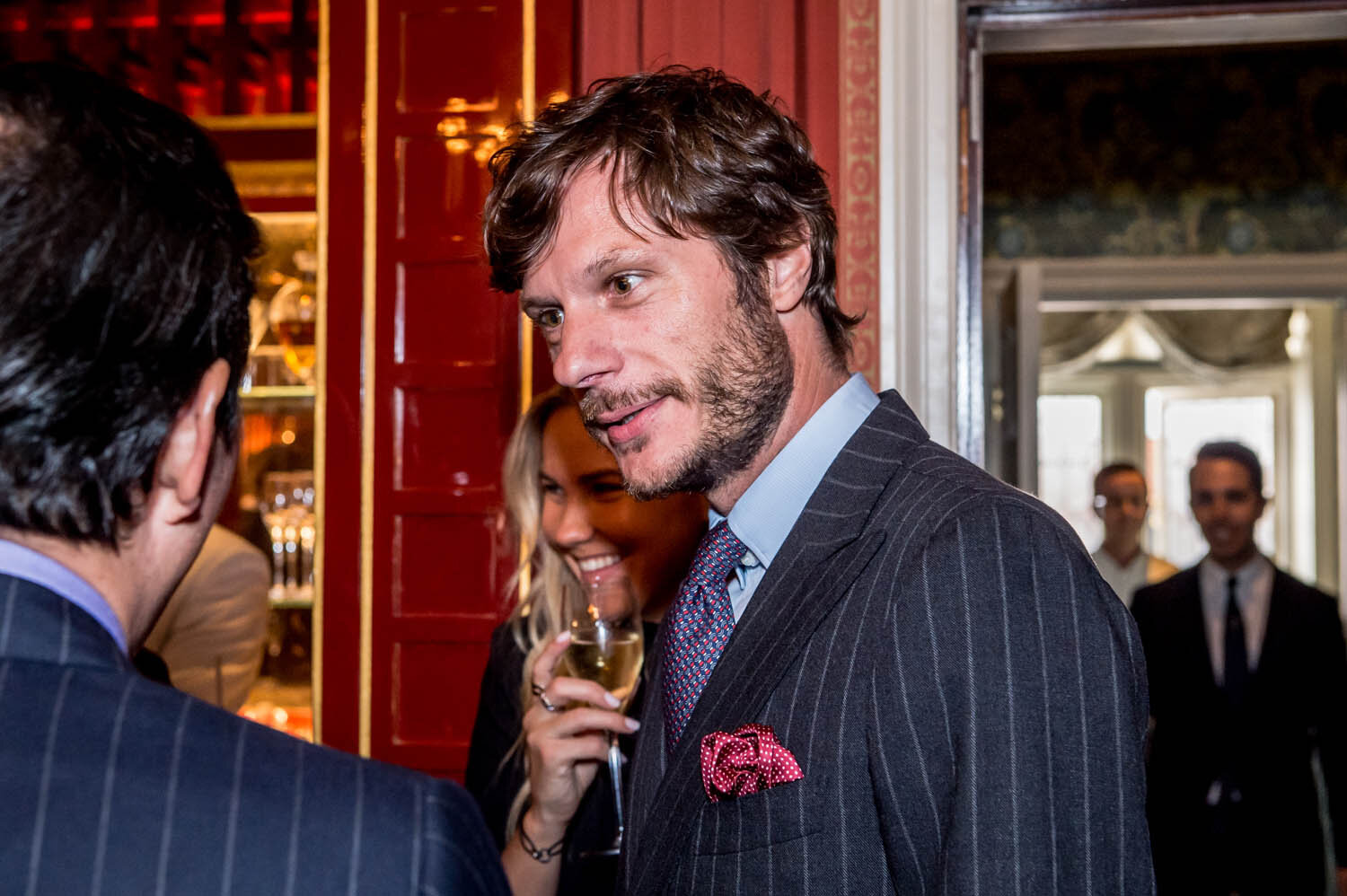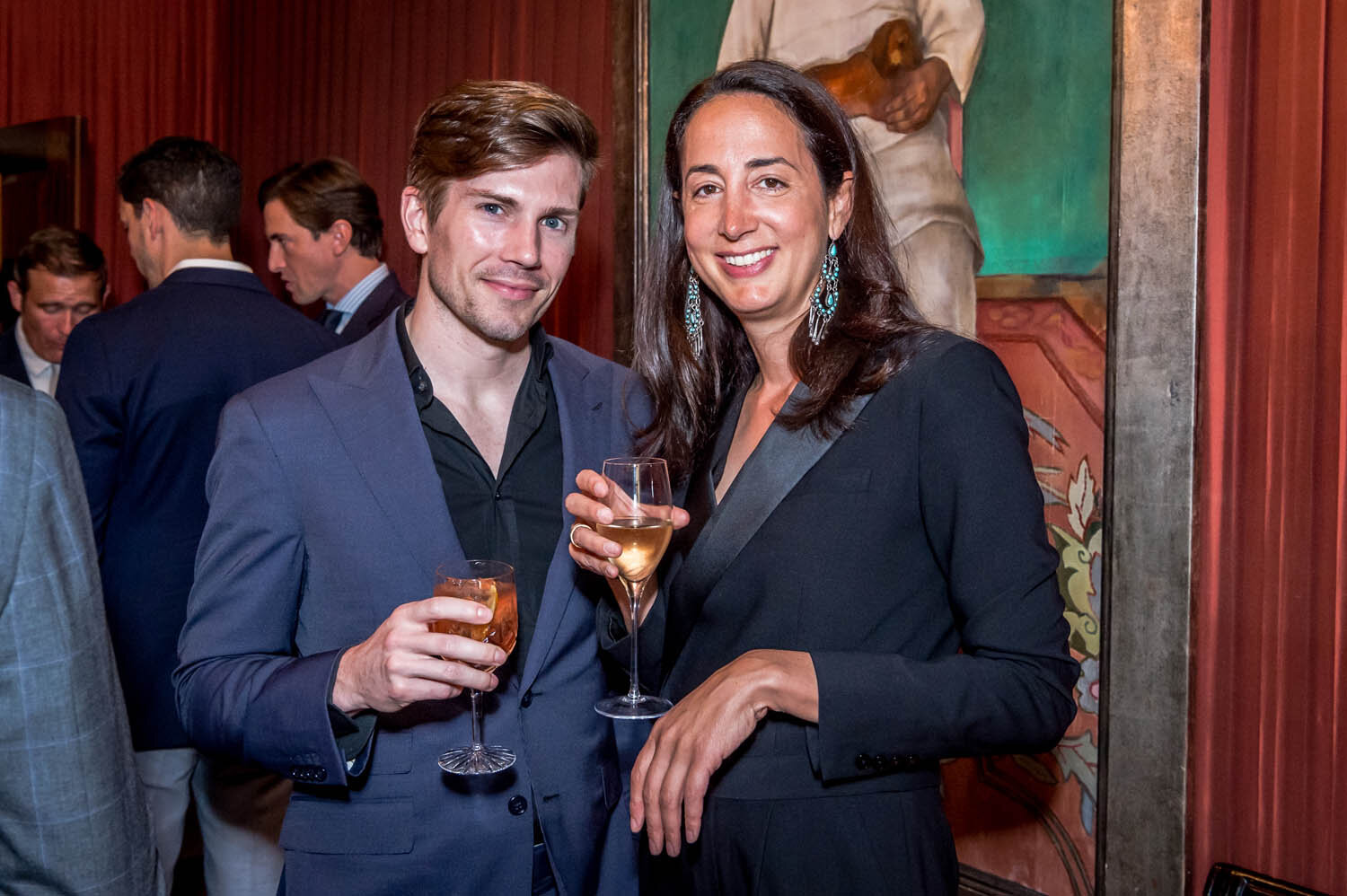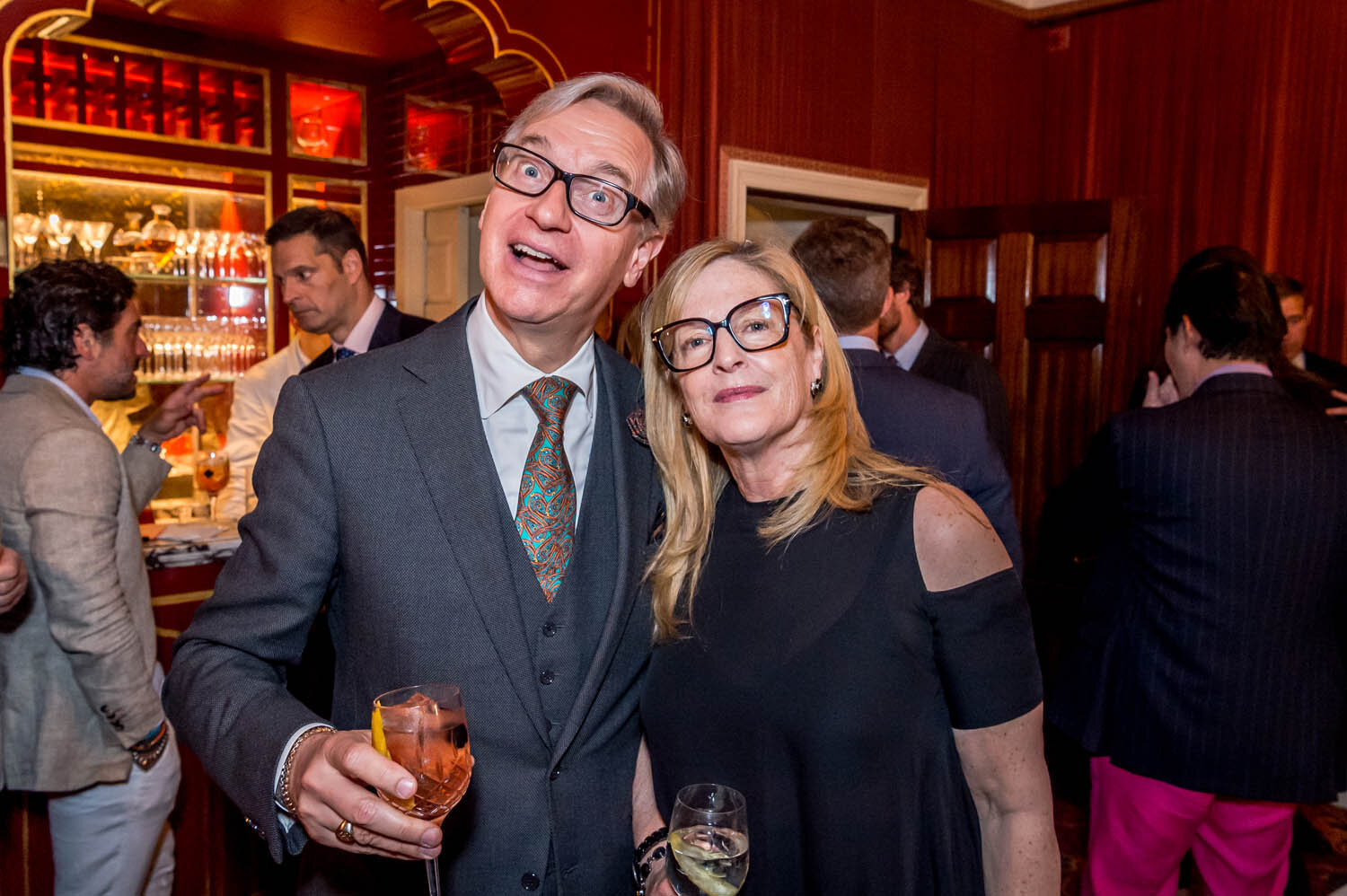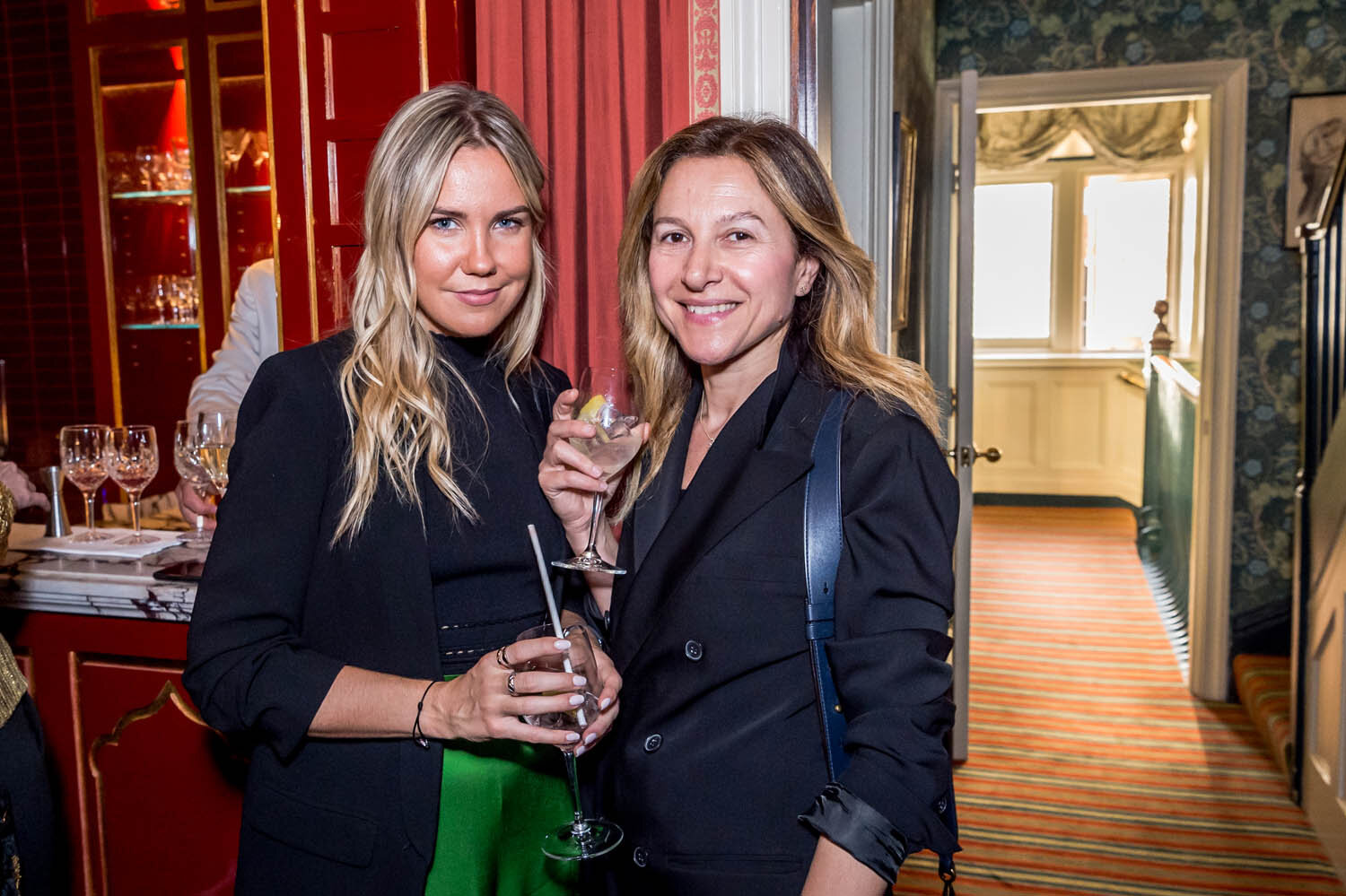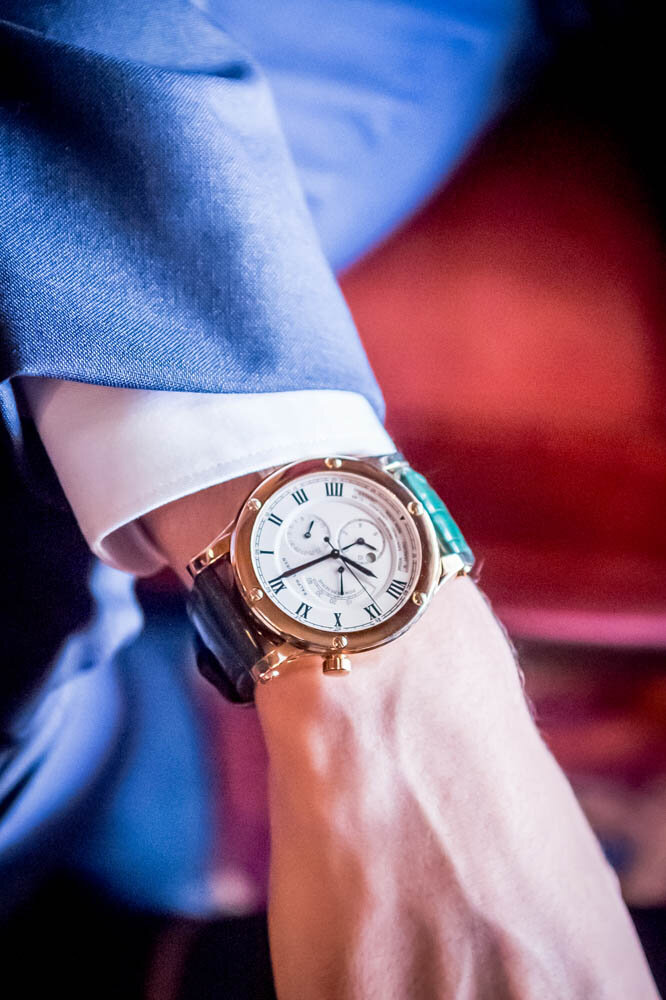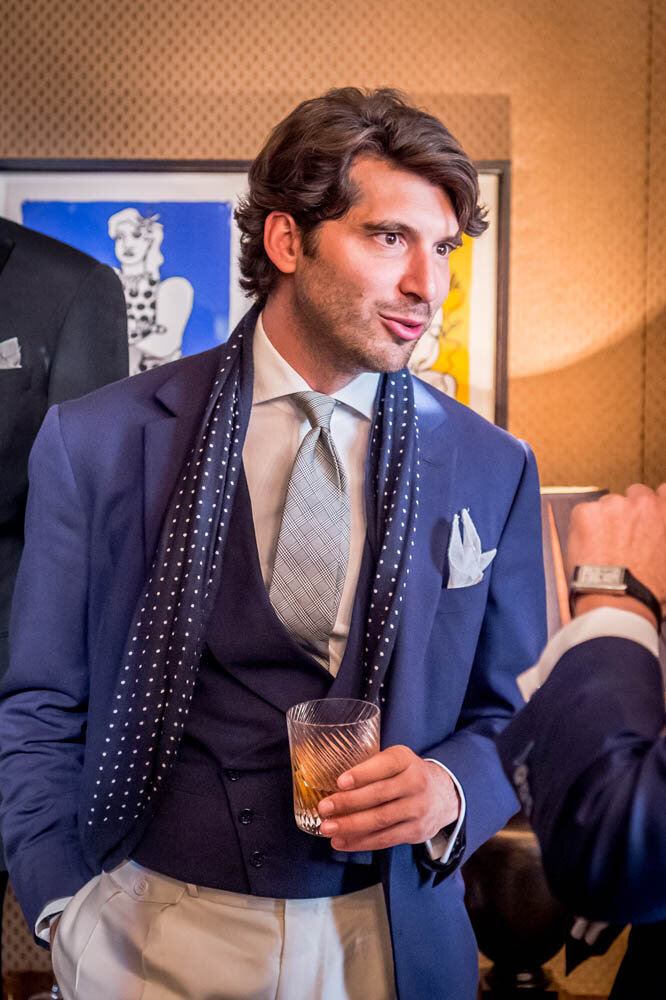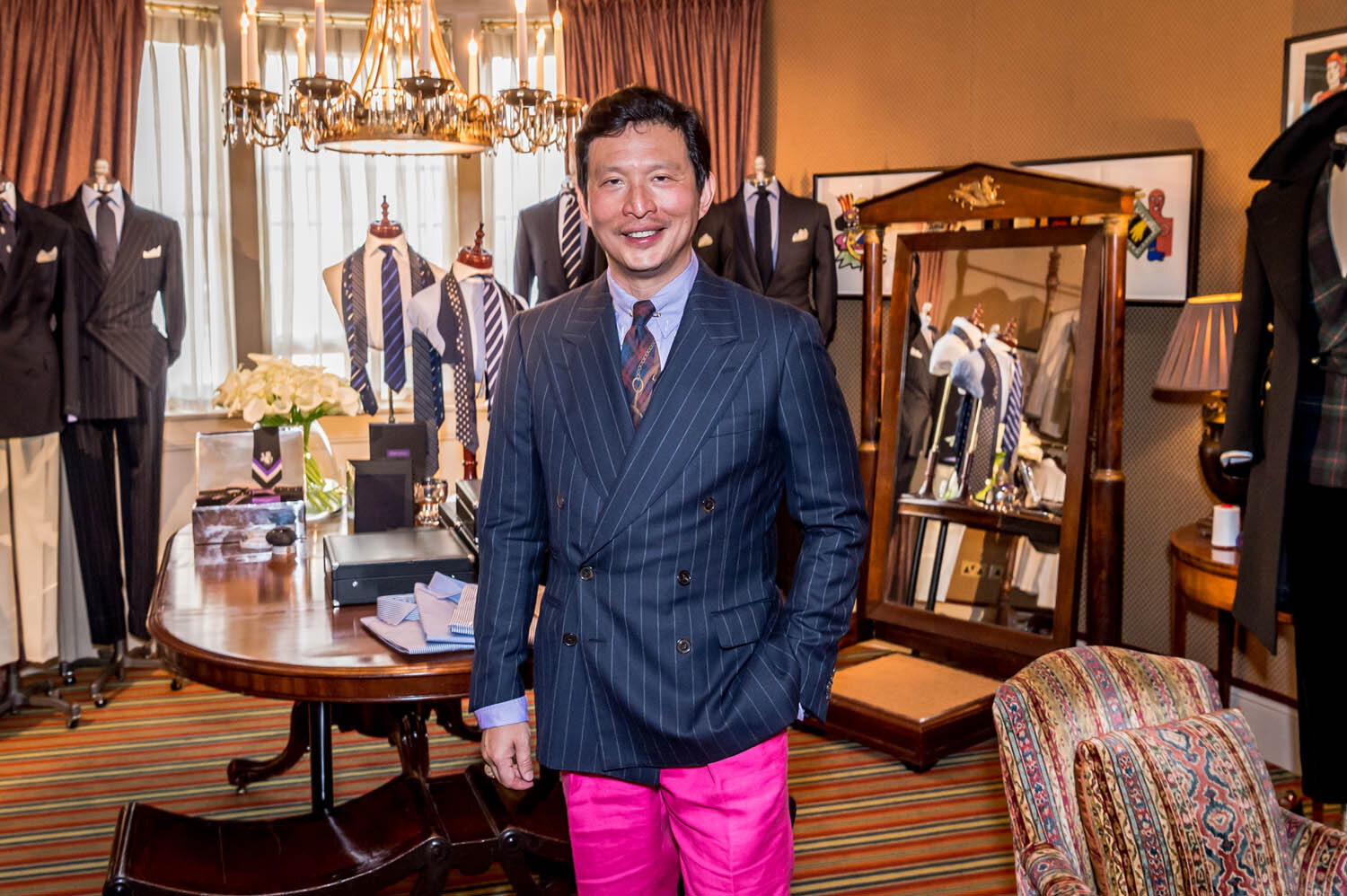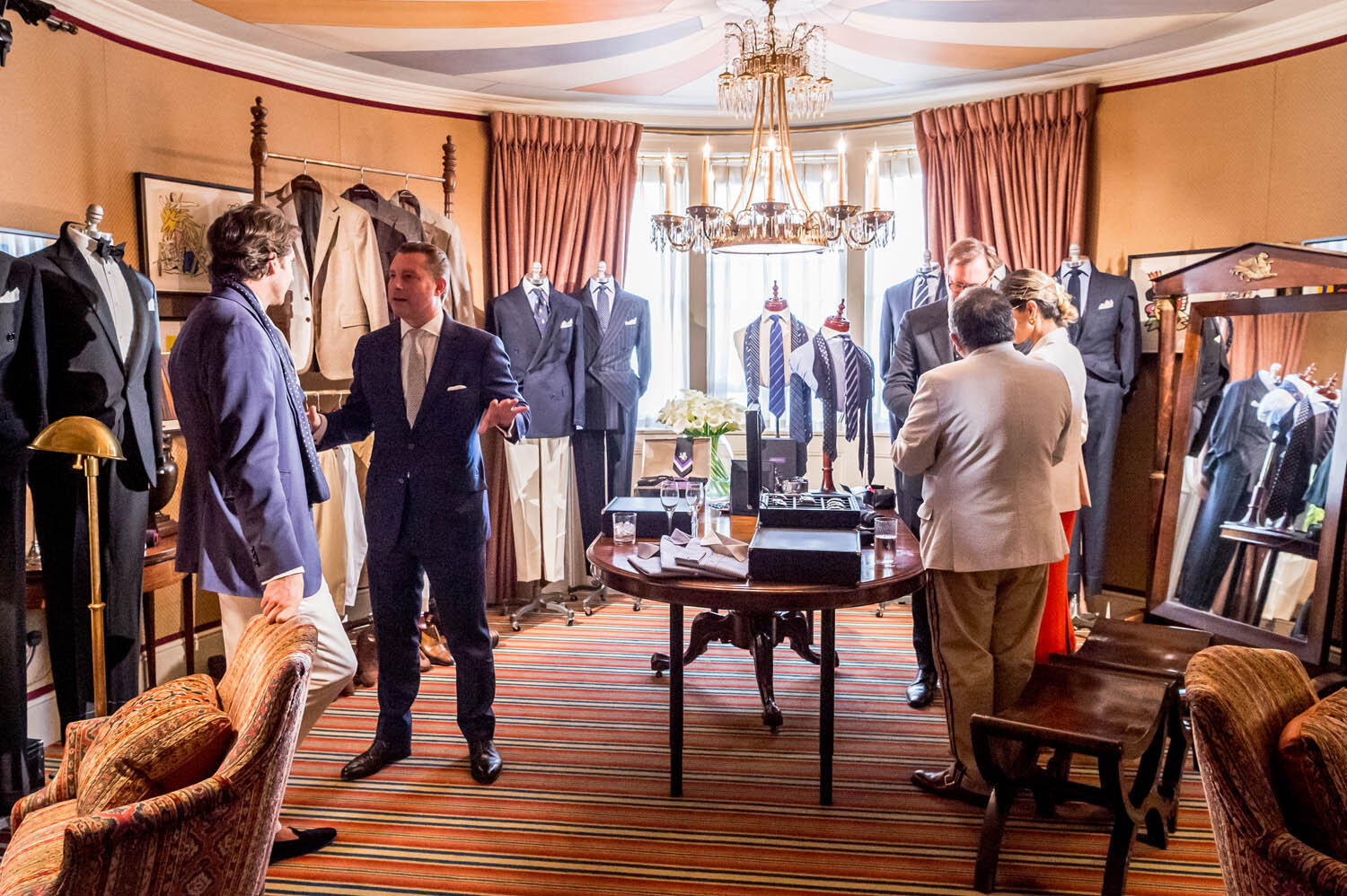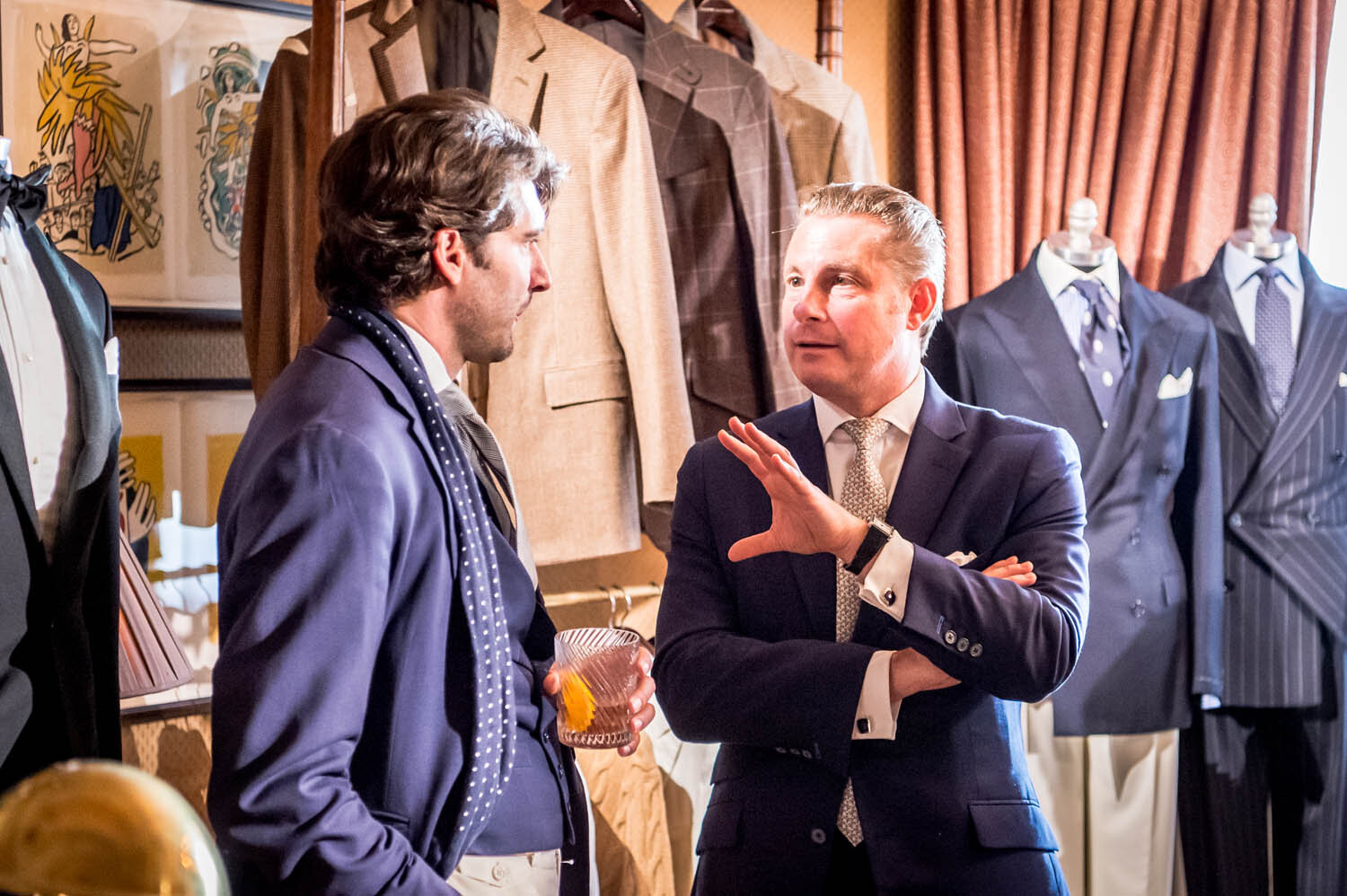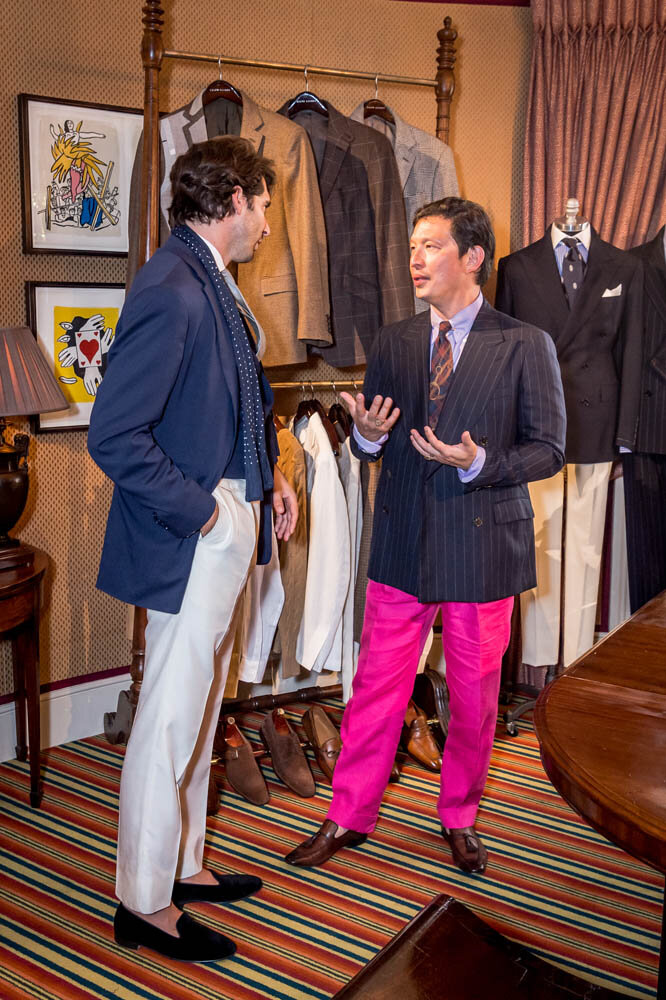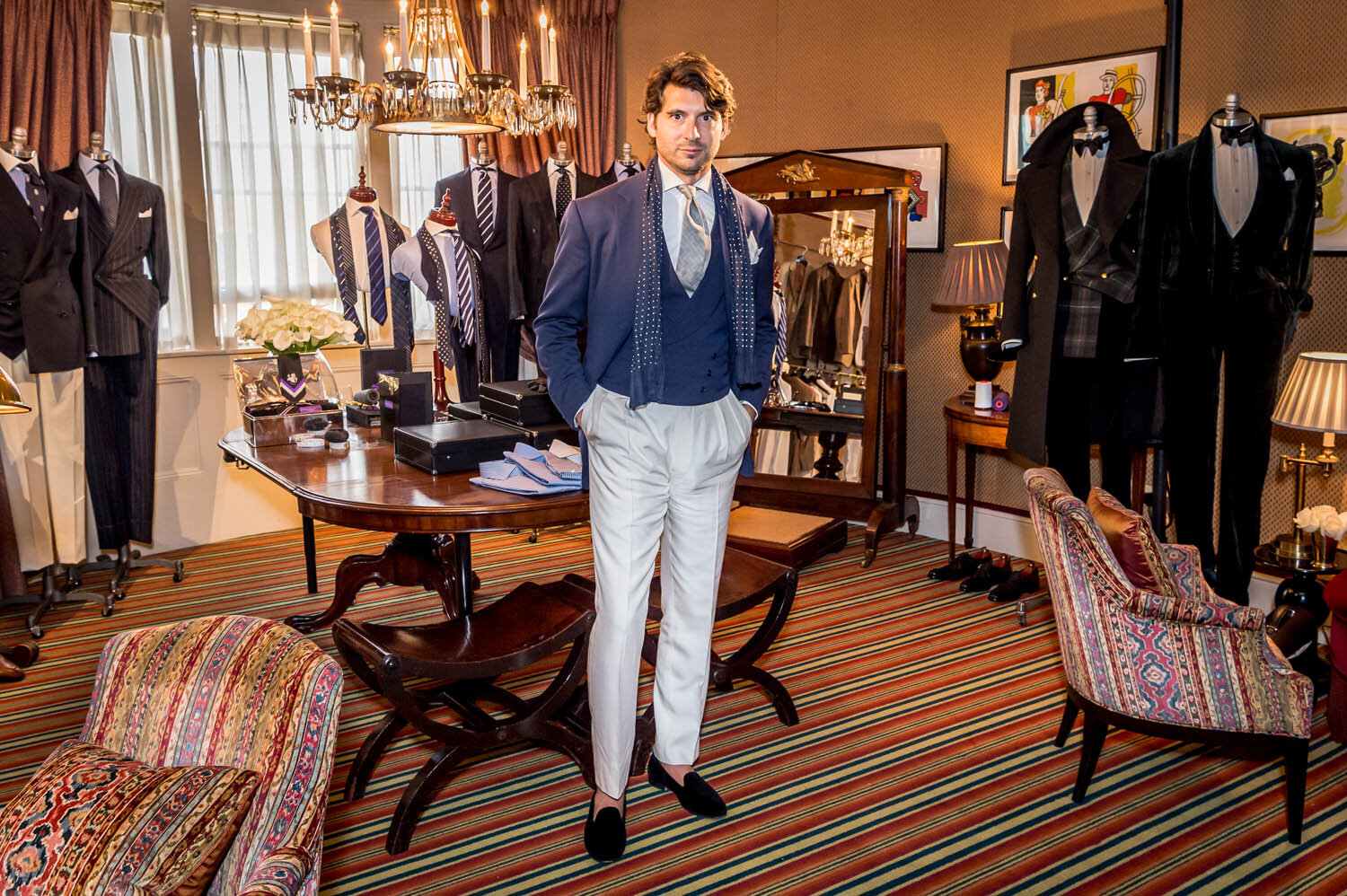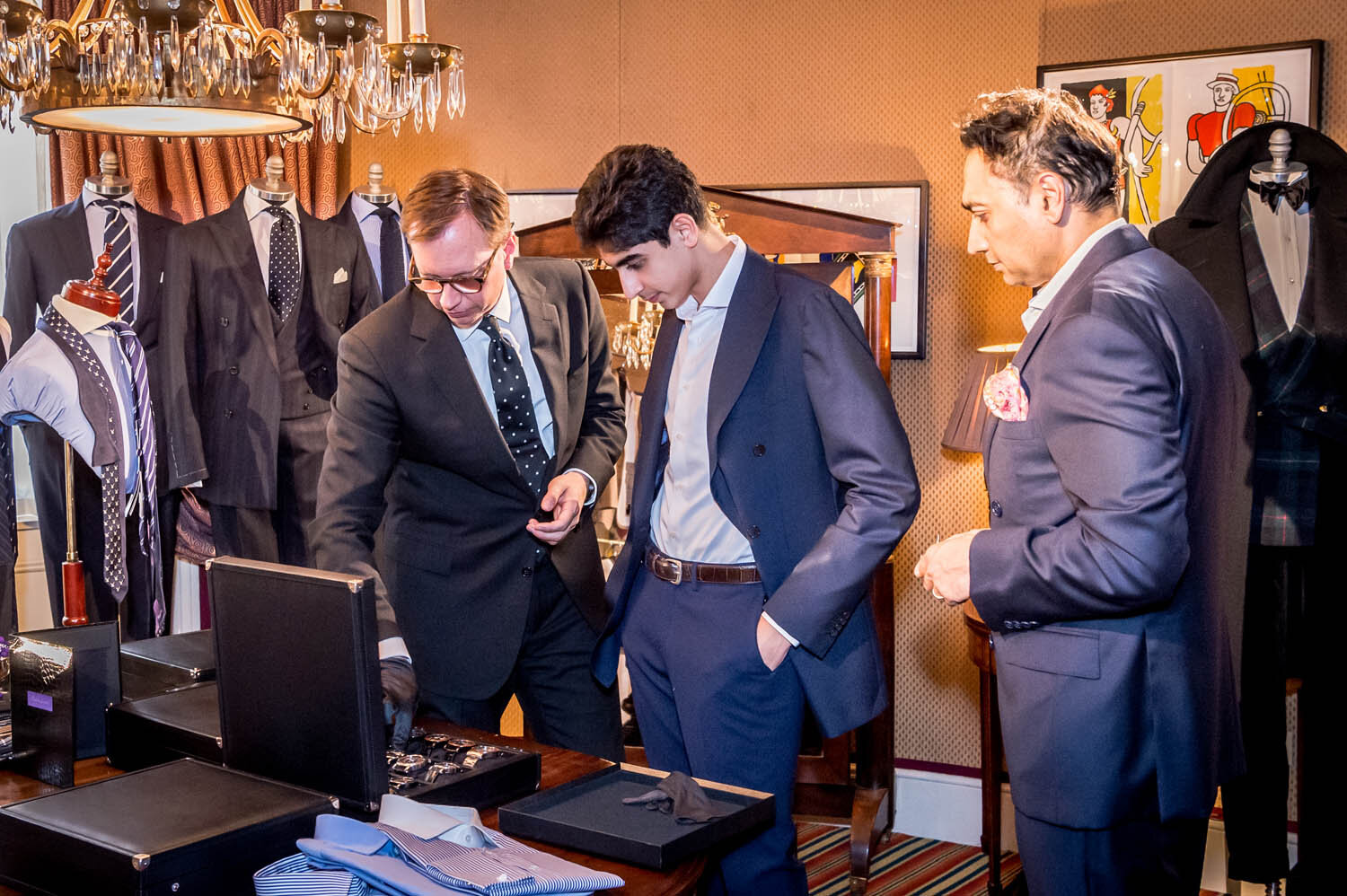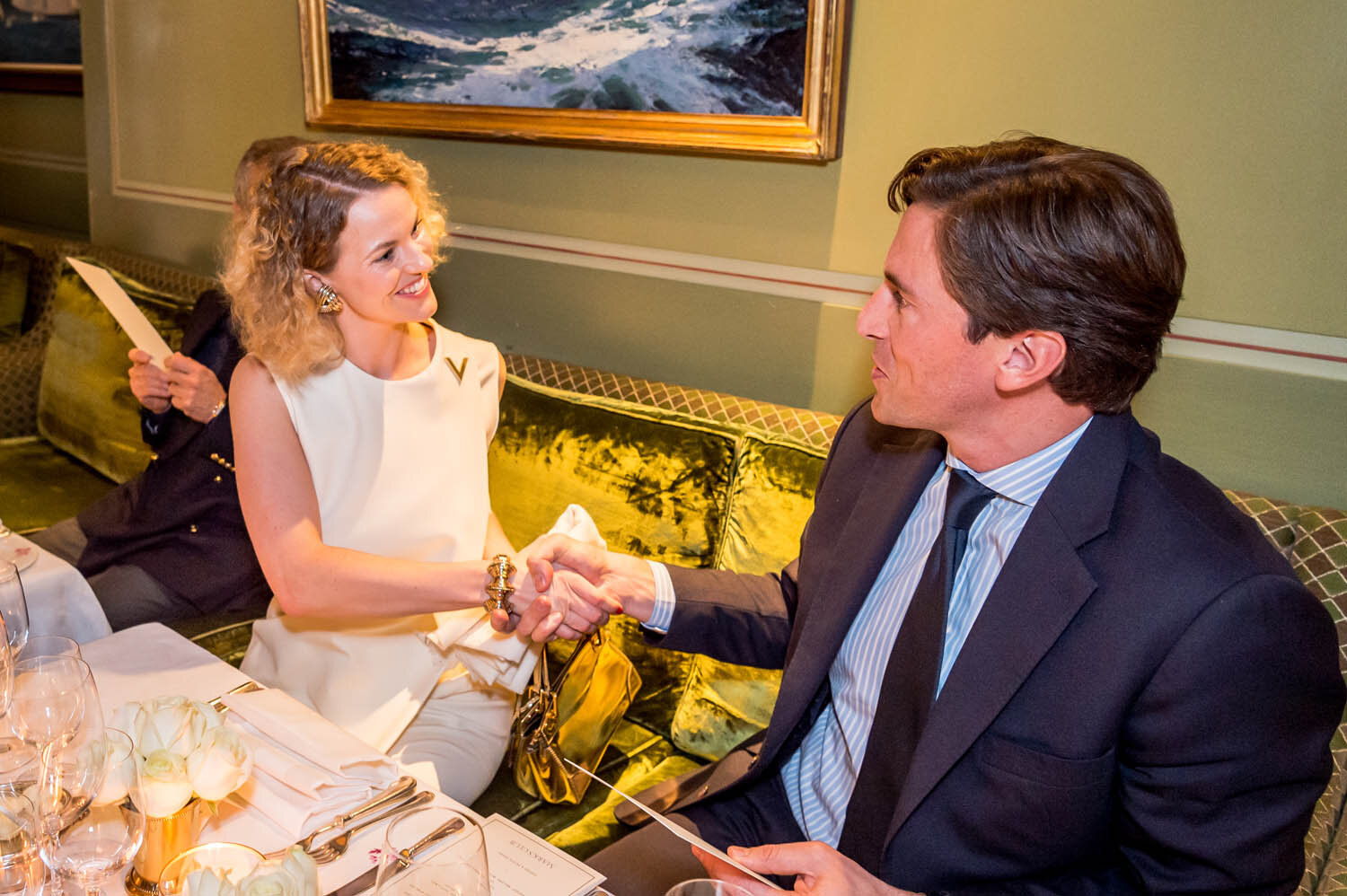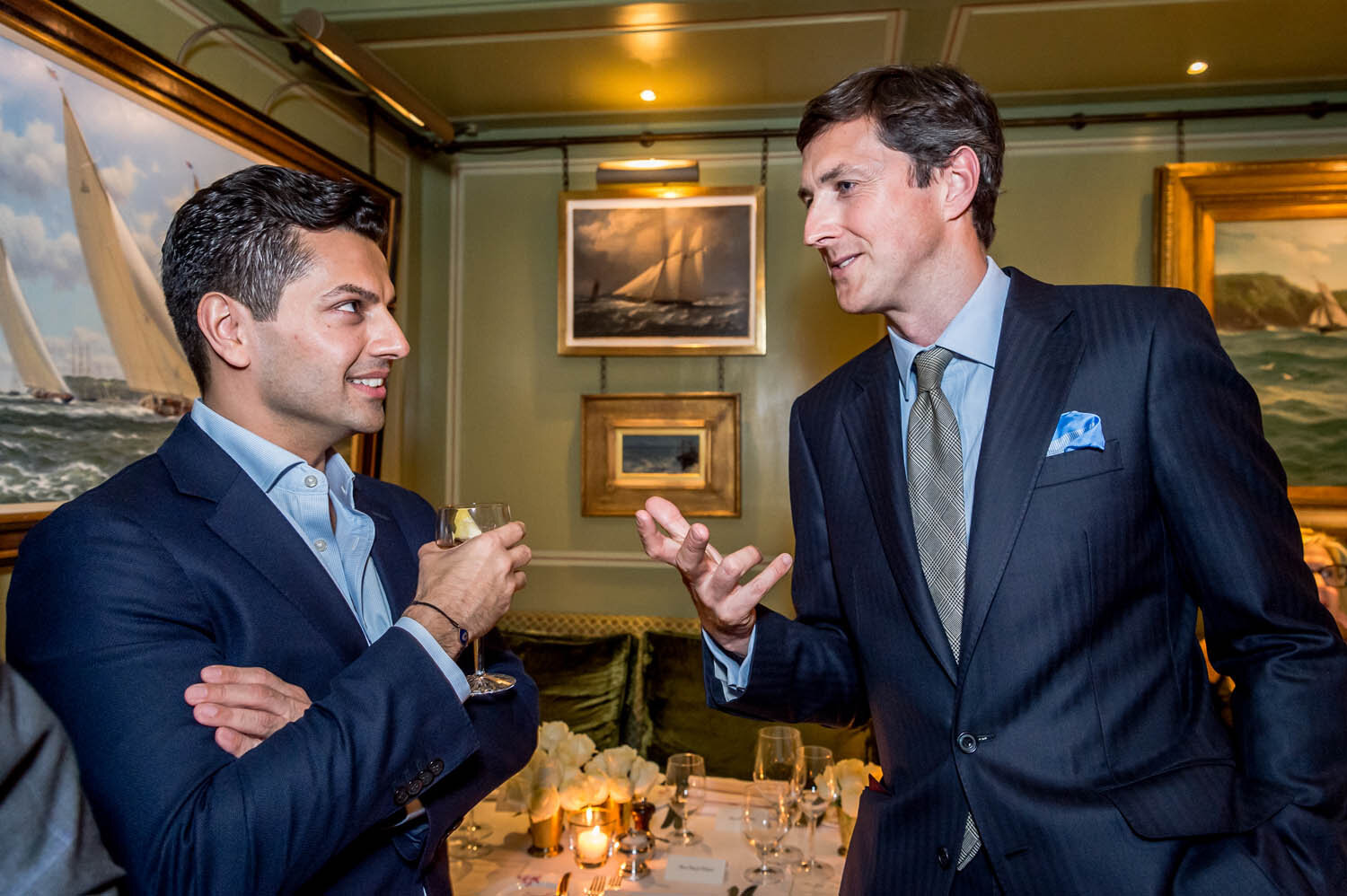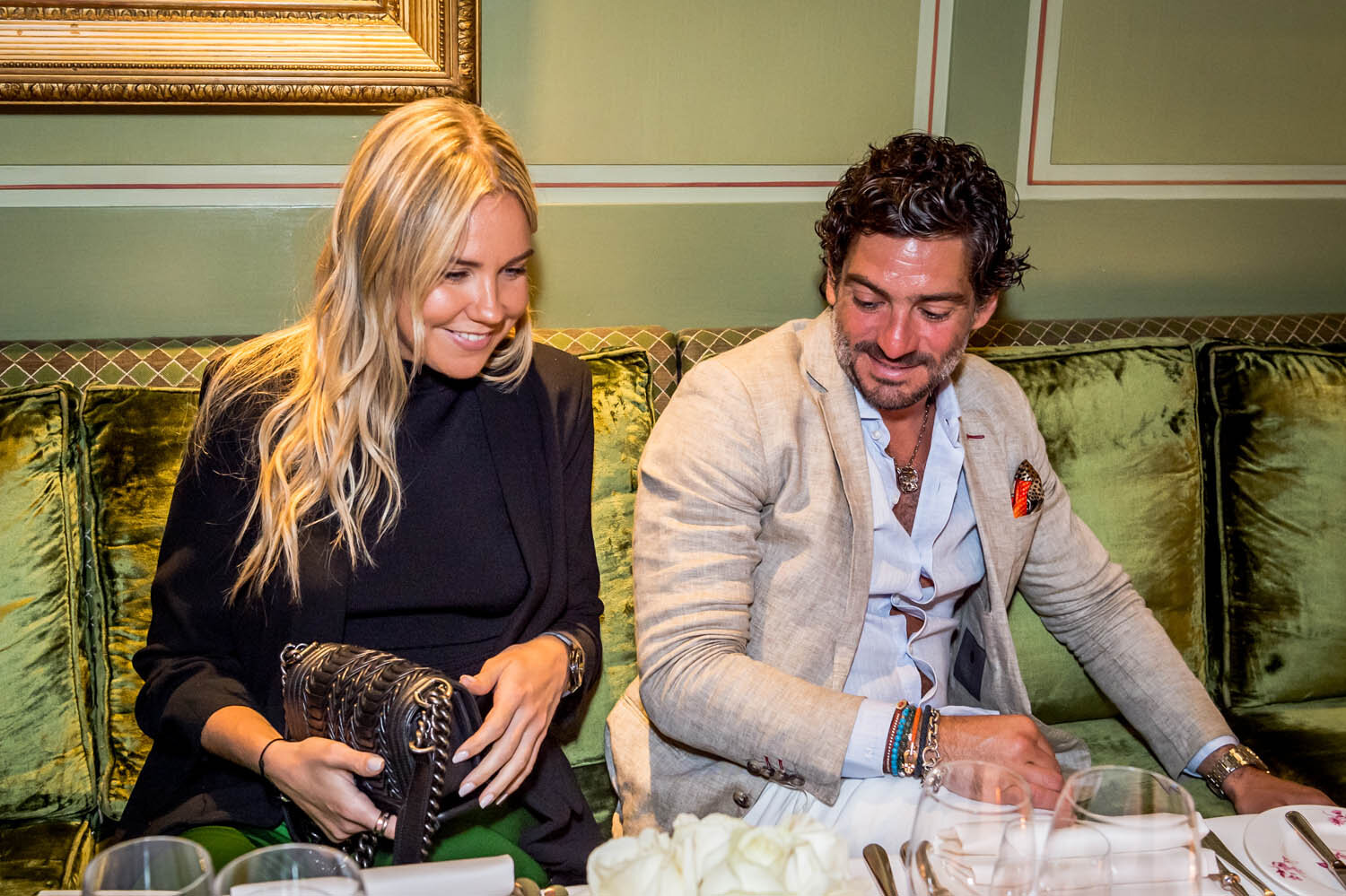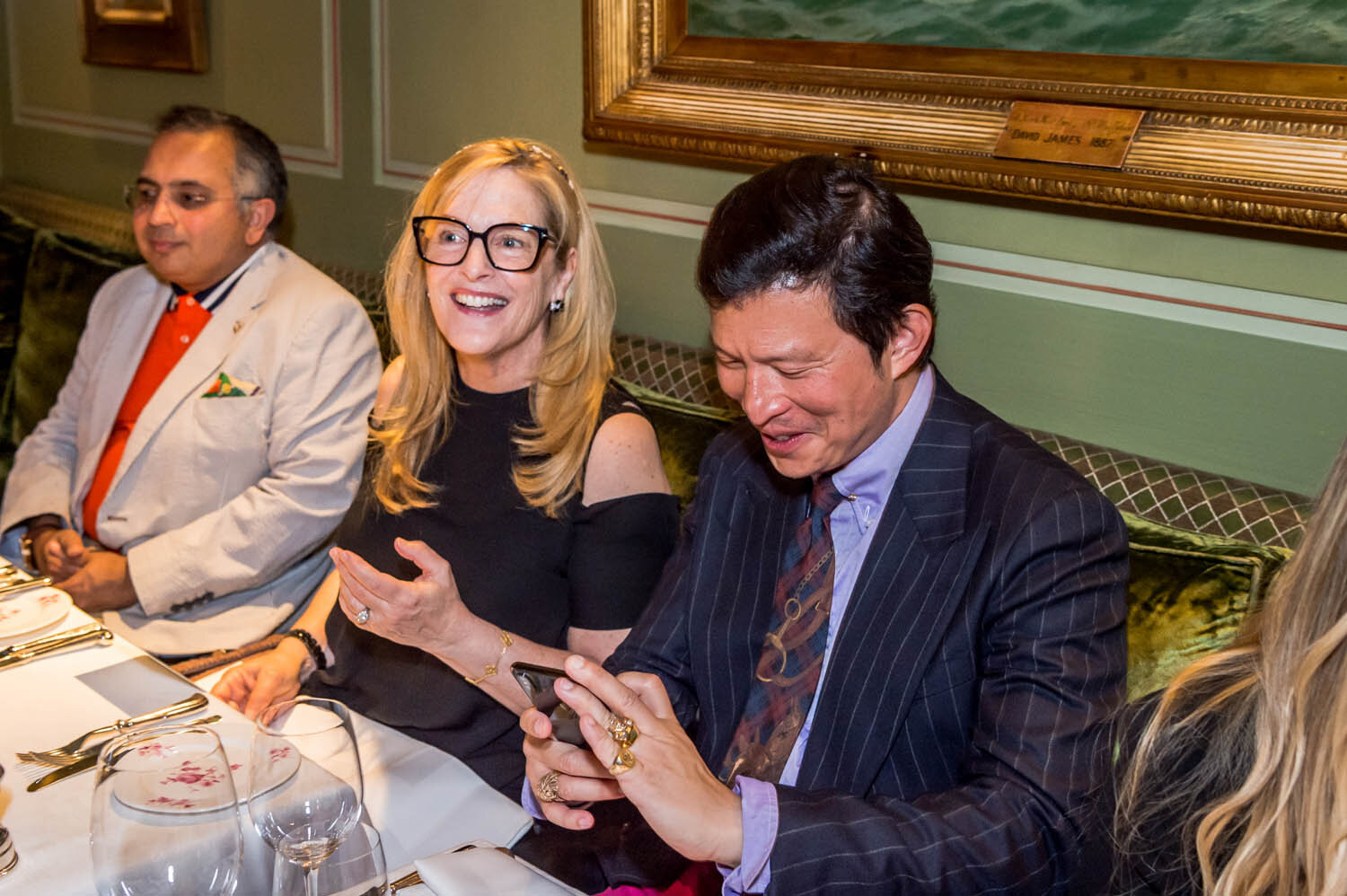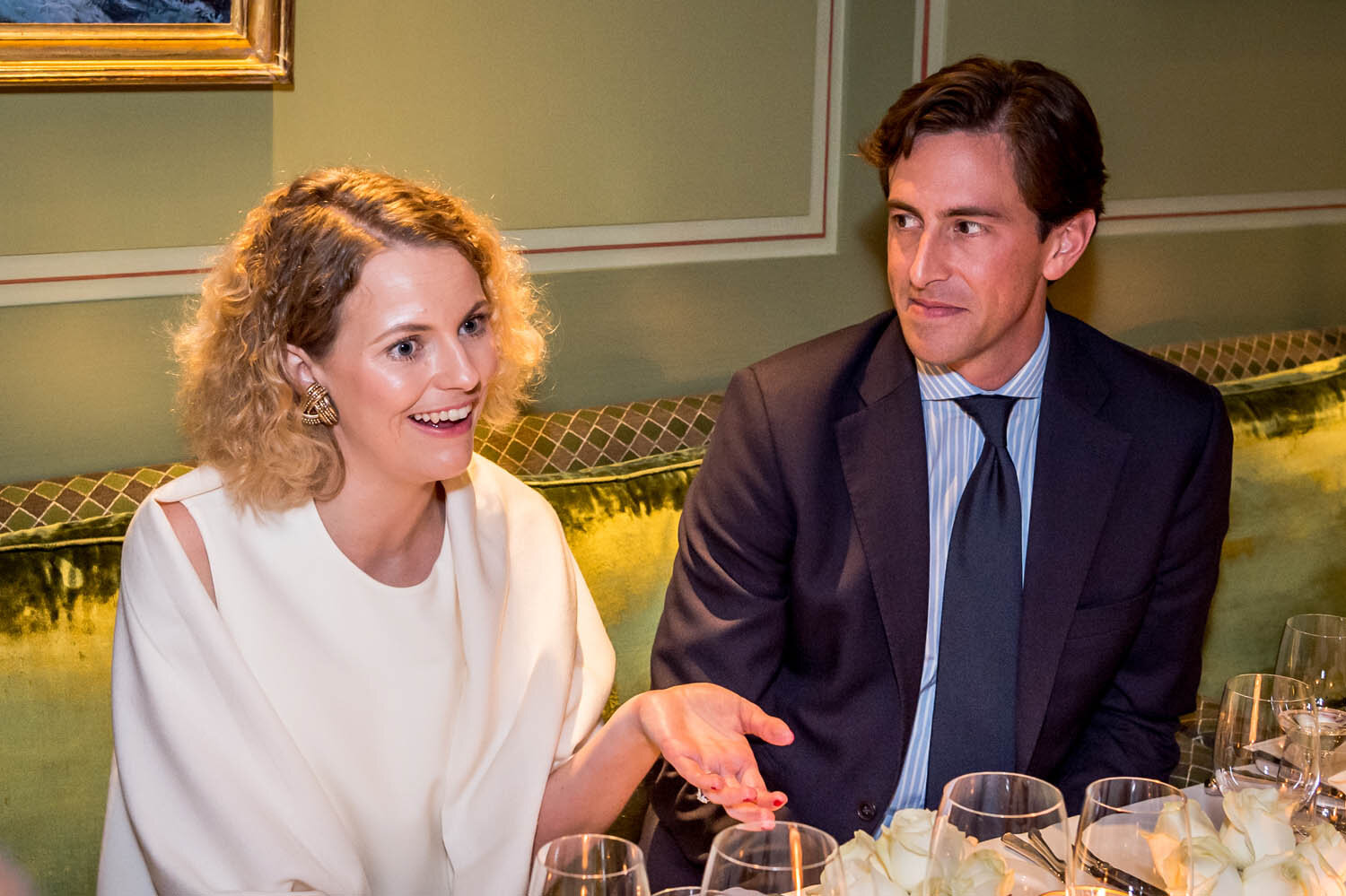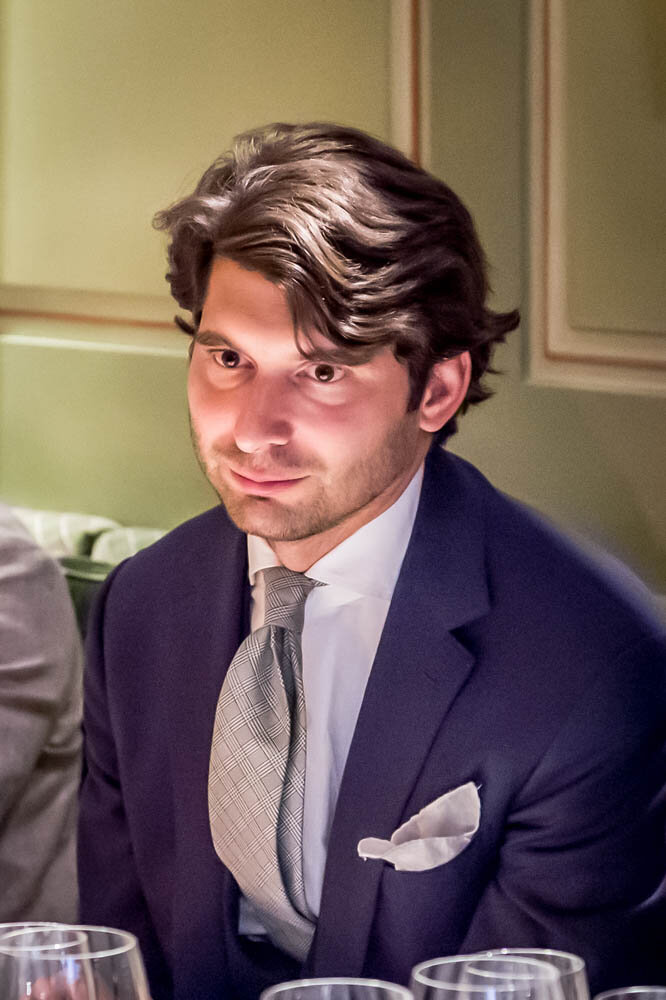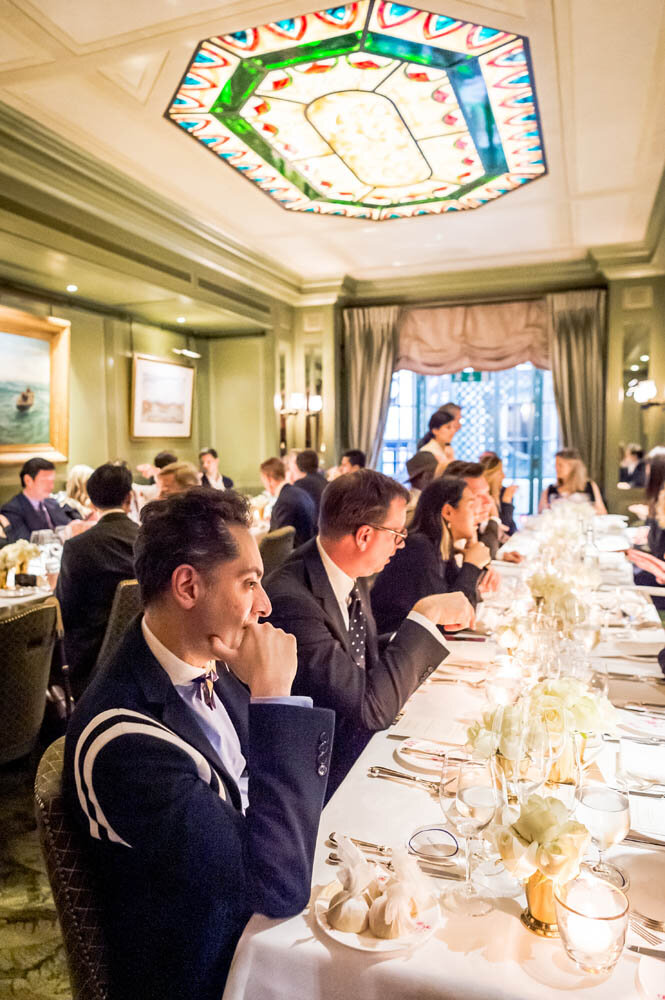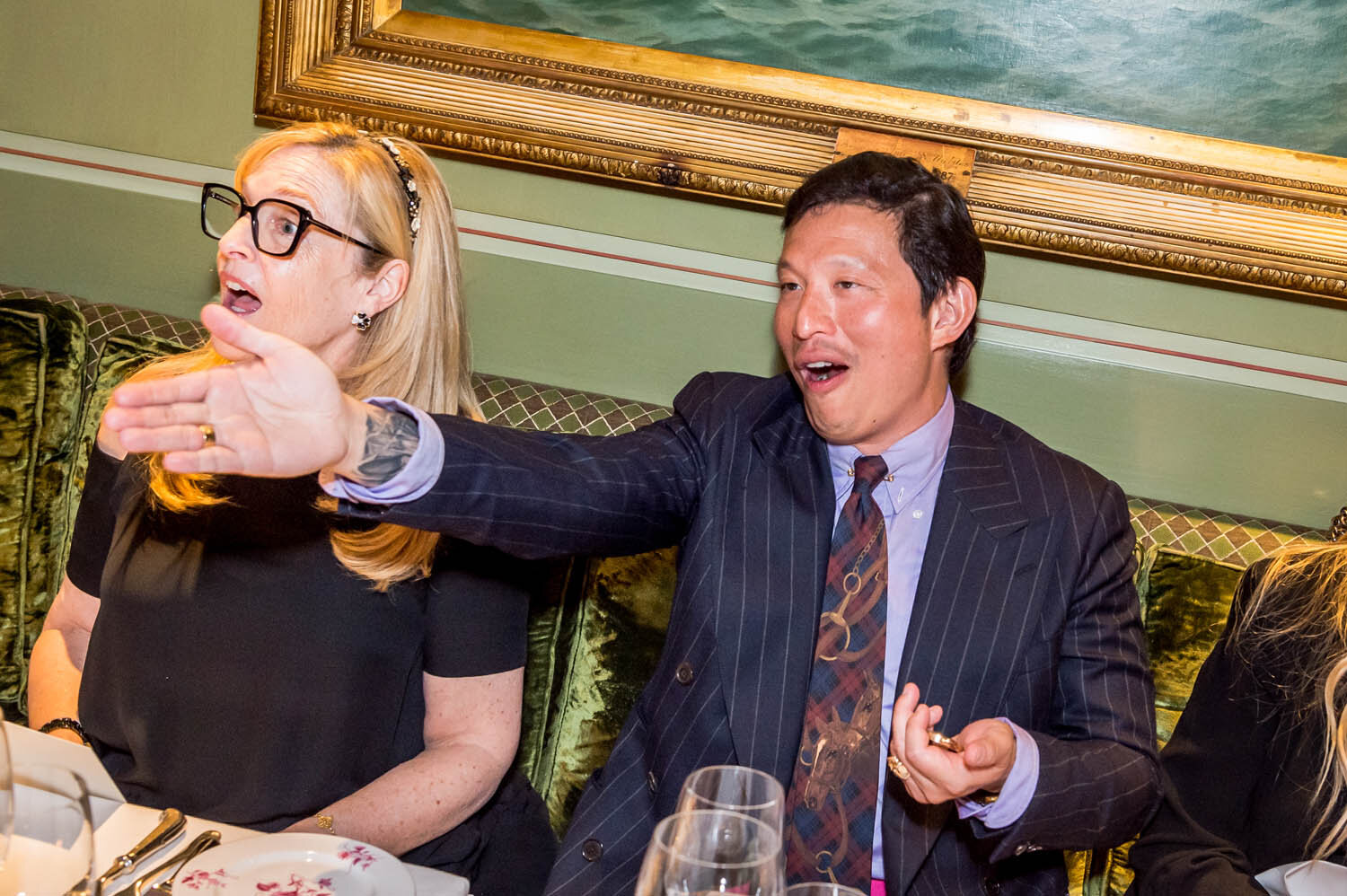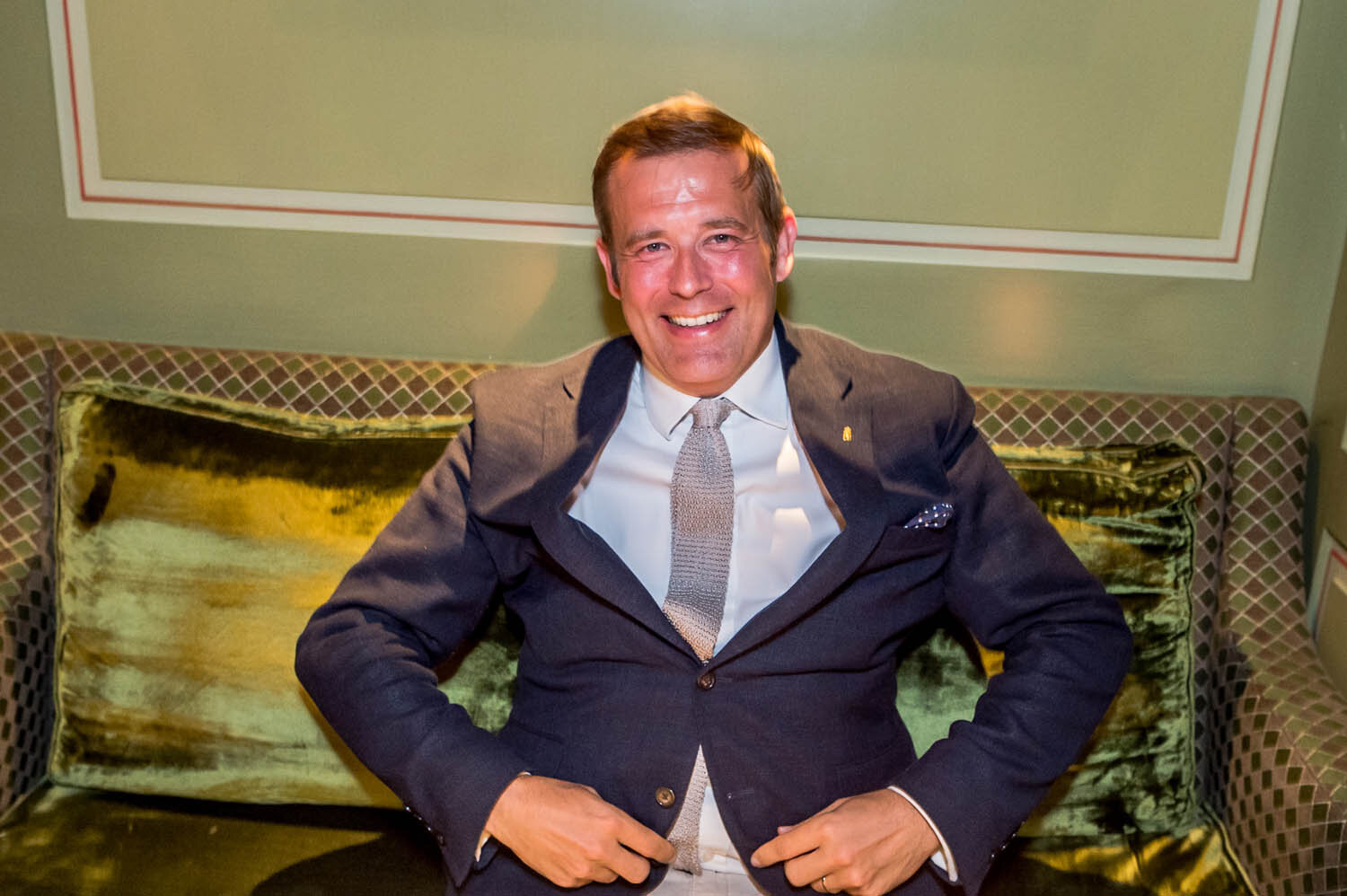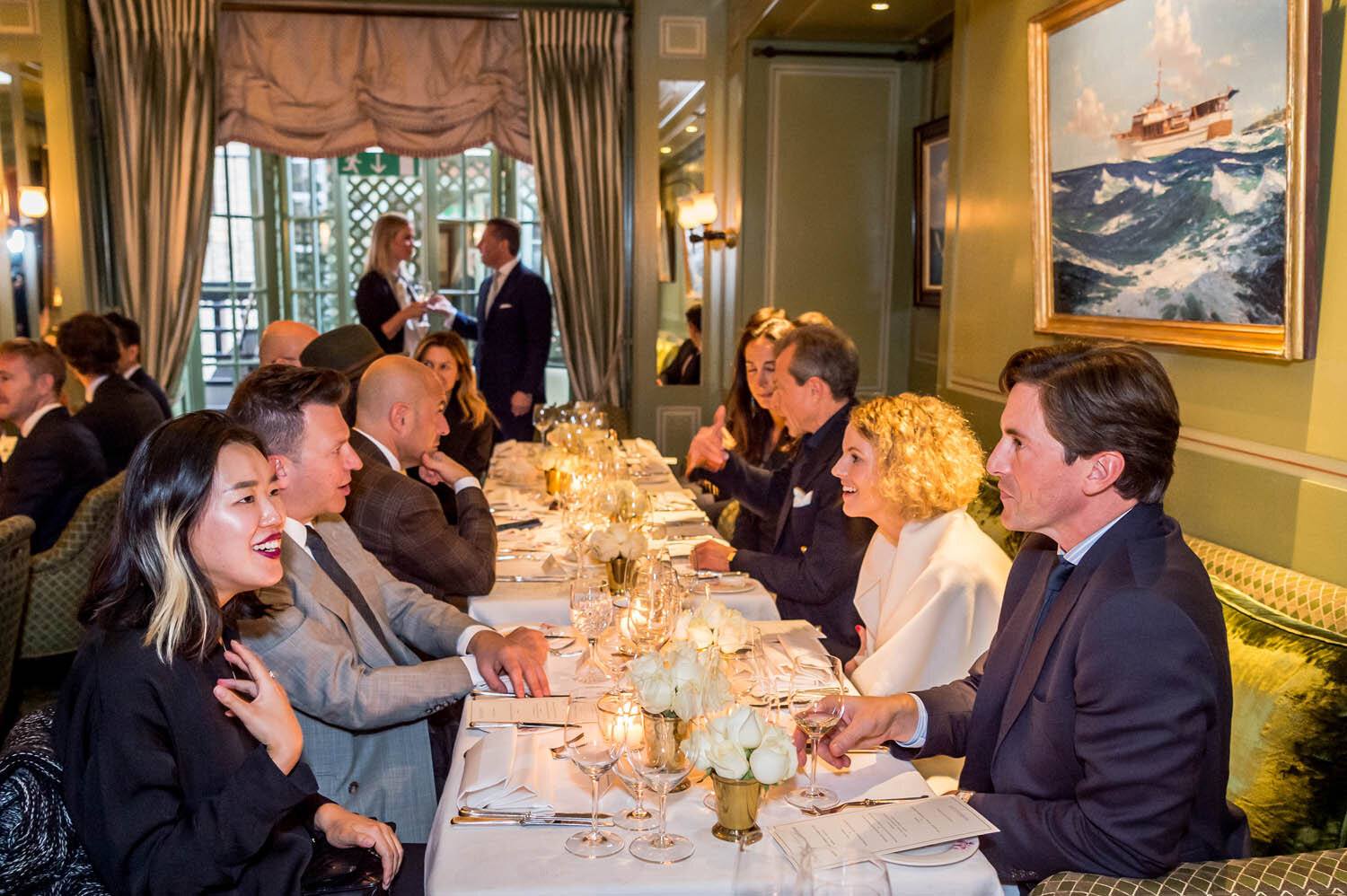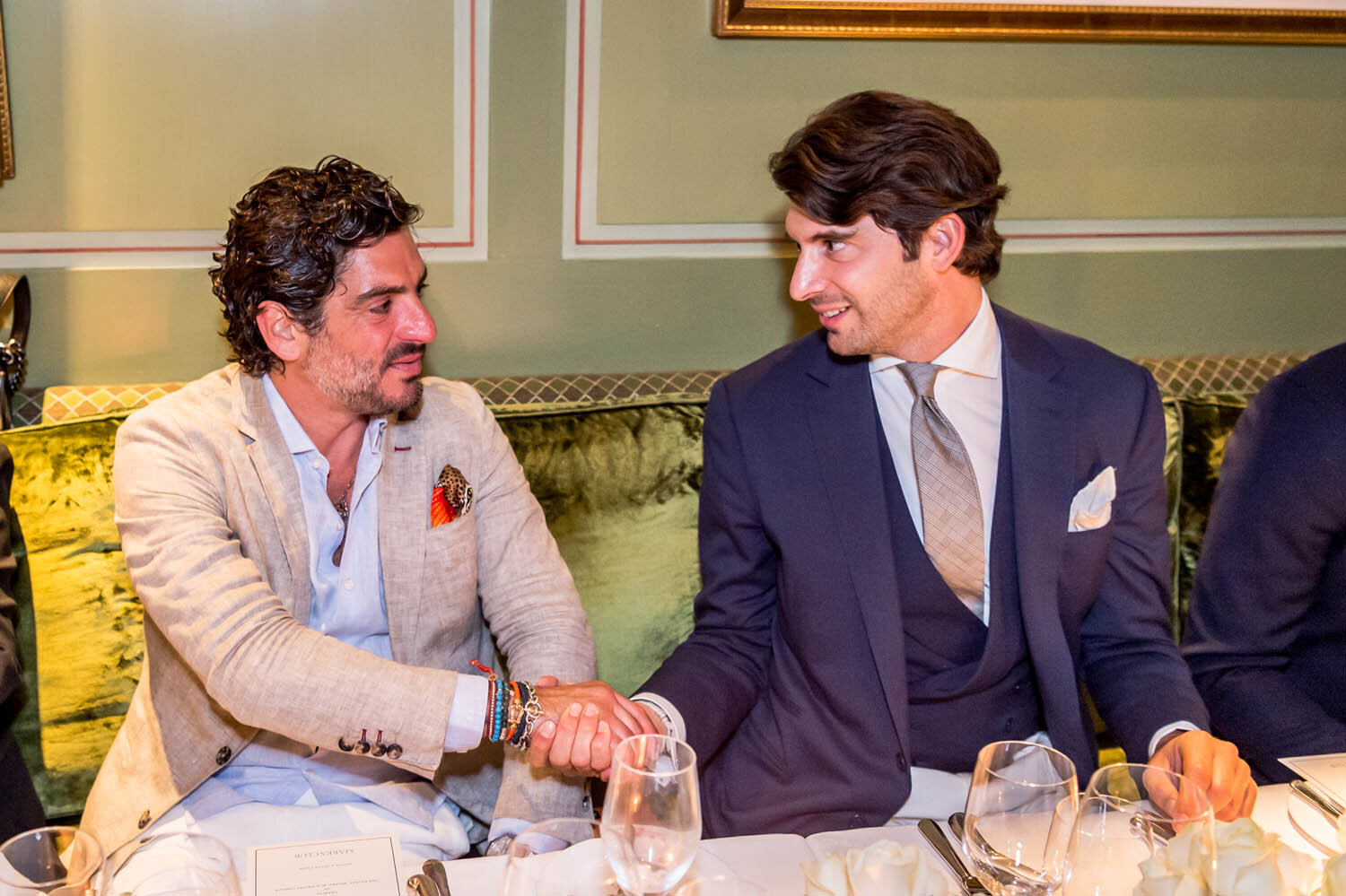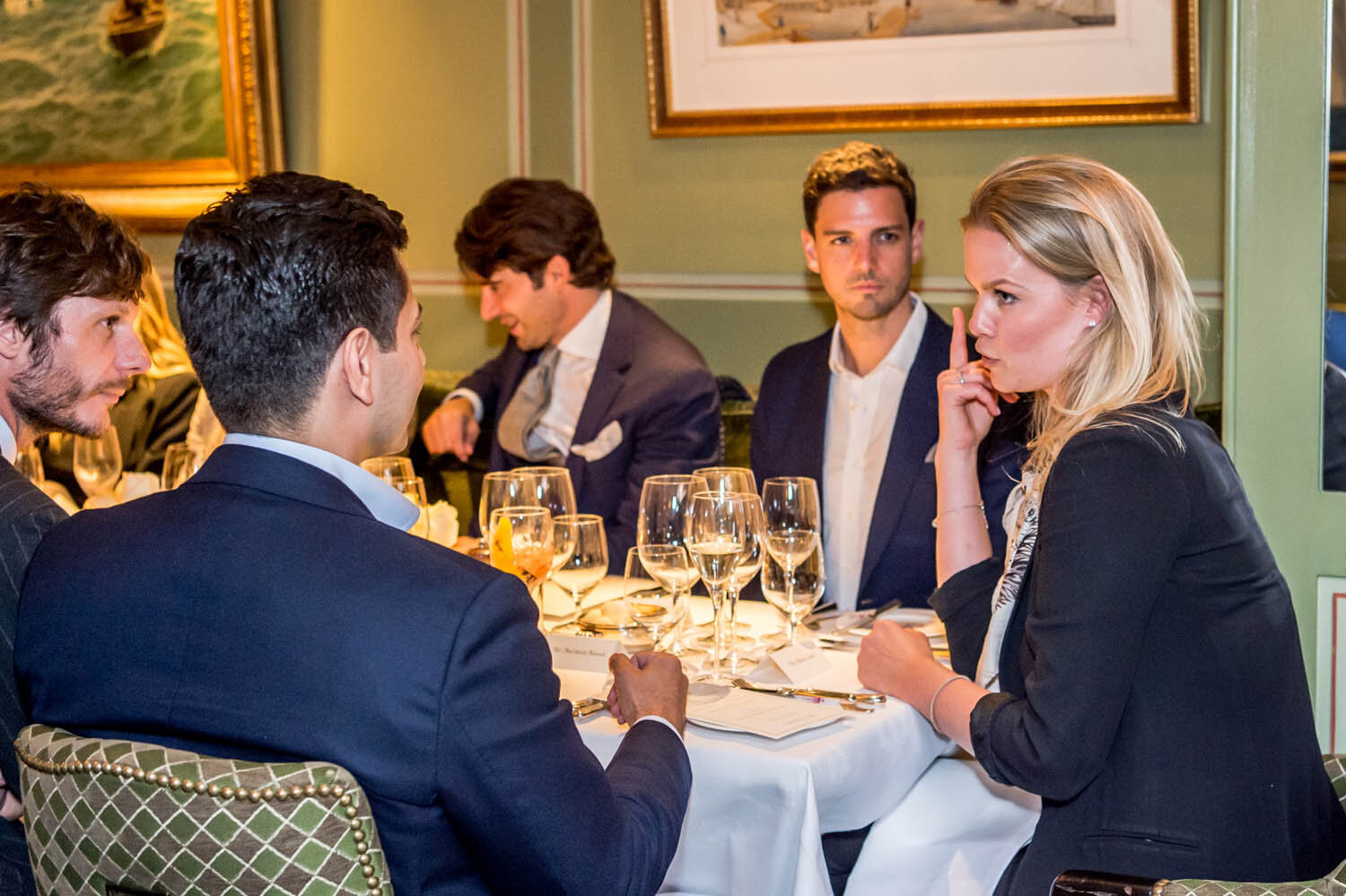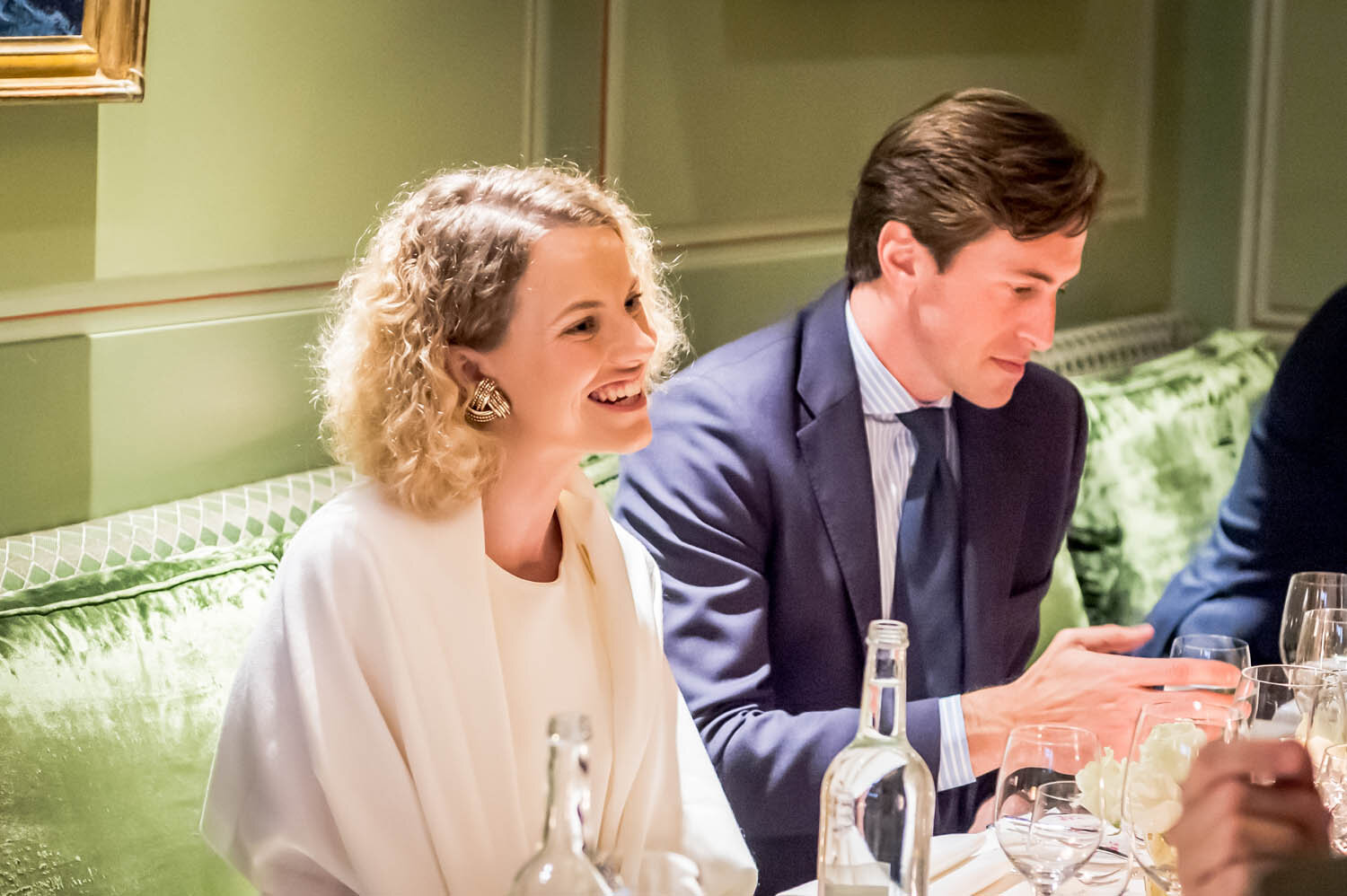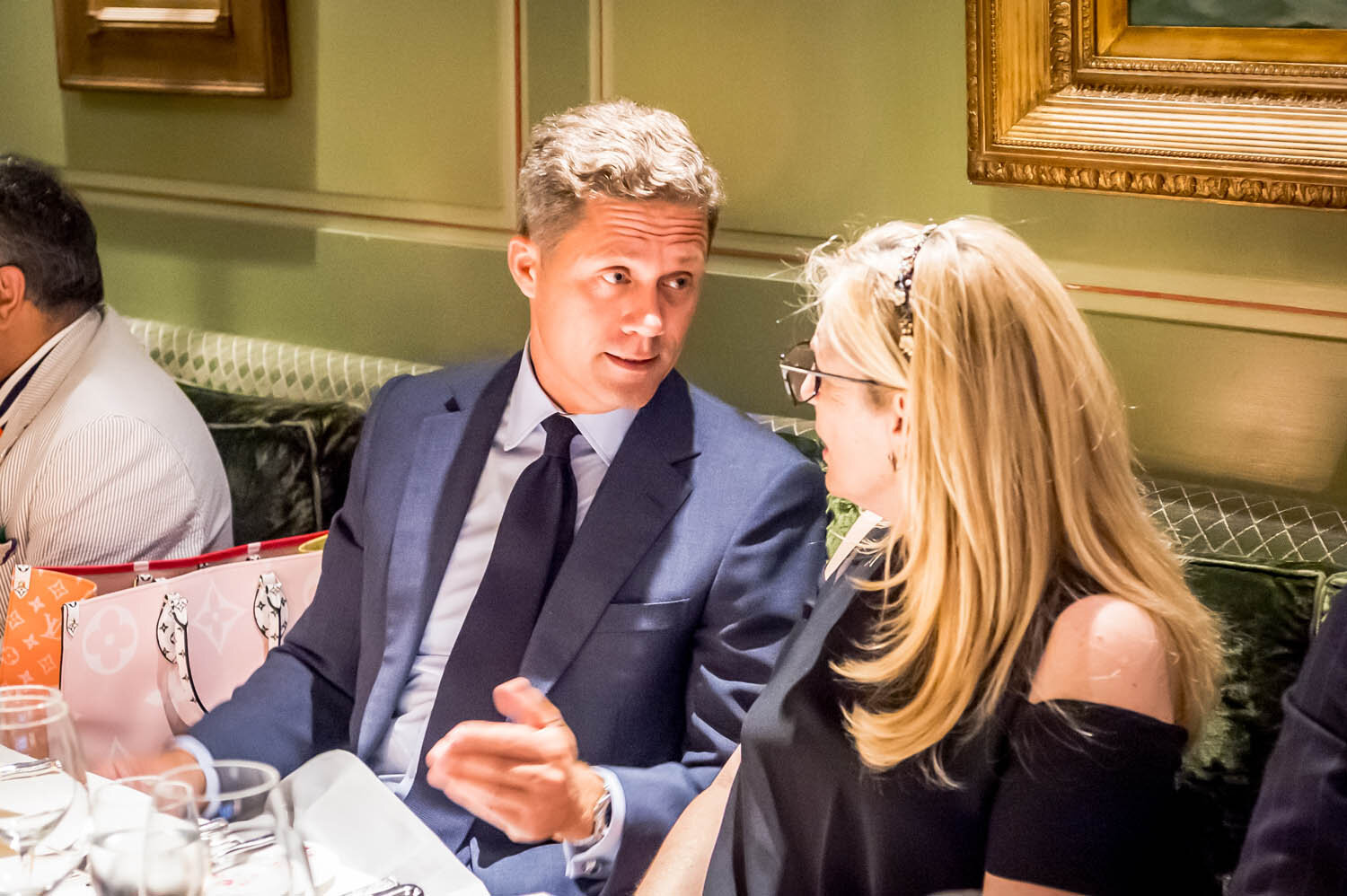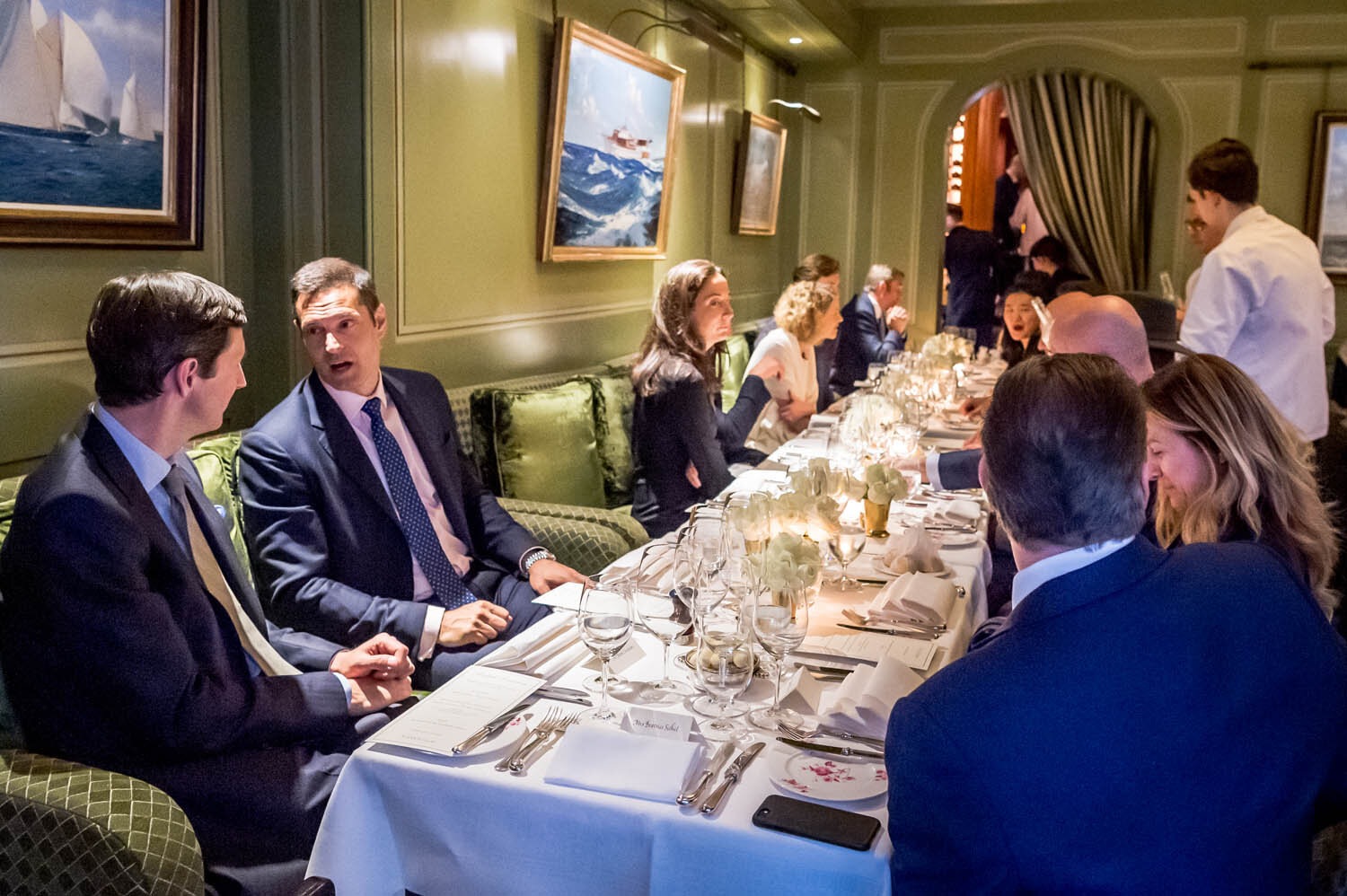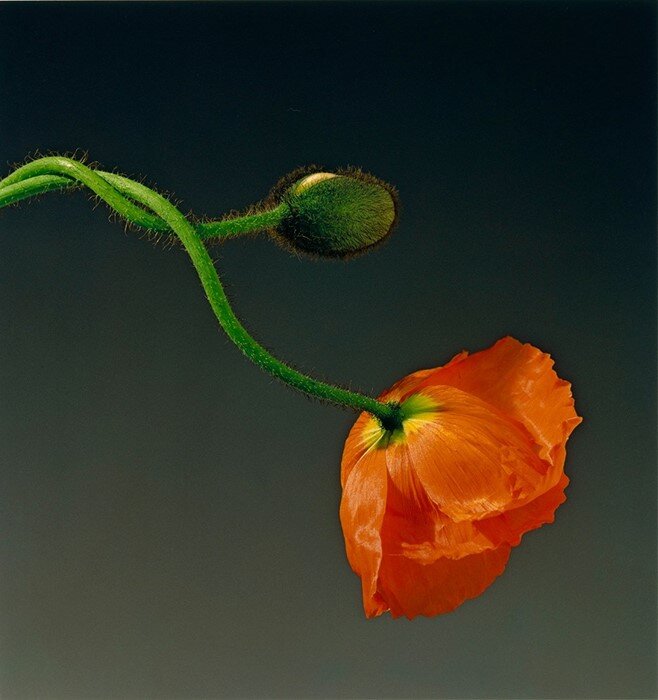Fashion Party
Early in Leonard Freed’s career Edward Steichen, the then director of photography at the Museum of Modern Art bought three of his photographs for the museum. Steichen told Freed that he was the best out of the 3 young photographers he had seen and urged him to remain an amateur, as the other two were now doing commercial photography and their work had become uninteresting. Preferably he advised him to become a truck driver.
Anon.
I confess I do not know who wrote this but it certainly does resonate with me. I often wonder how essentially being a commercial photographer, meeting clients specific briefs and adhering to a certain look and commercial style inhibits your talent and kills your raw natural approach. If you don’t have rules, guidelines and a brief you are free to roam and express at will. You are naked and honest and express your vision as you wish. The moment you expose yourself to the market and feel pressure to shoot a certain way you begin to bend and give in to outside pressures that stifle the child within.
I look at photographs I took when I was very young and marvel at how I could have seen such a shot and captured it as such at such an early age or stage in my photographic life. The more we learn the less we know. Perhaps not entirely true but for sure we fall into bad habits and begin to follow trends. As I look at Instagram and picture libraries I see we all fall into the trap of taking pictures that can all be put into certain style brackets. I don’t mean necessarily the subject matter but how the subject has been shot. The choice of lens and angle and essentially we are shooting images that look like other images we have seen and liked and want to show we can do that too. If you shoot that subject matter then you need to shoot it this way. How much is truly original and seen from such a new and fresh way.
I remember when I used to teach photography one of my best students who had a really incredible eye was a local famer. I put his keen eye and understanding of light down to the fact that he spent all day outside in changing weather conditions and very changeable light. He was sensitive to the seasons, light, the texture of the natural environment and he was in tune with his senses. He was not stuck in front of a computer all day and then stuck on a tube commuting and then sat in front of his TV once home. He was exposed to the elements and free and responsive to nature. As a result his pictures, all landscape if I recall, were so wonderful in that he could see clearly and respond to the landscape in a visually interesting way. Not only was he reacting well to the environment but I also believe he was not held down by shooting according to how it ought to be shot. He was not influenced by other stereotypical images, trends and he was not told what would be good and what would work. He shot from the heart with innocence. I can imagine years ago he would get the same response from Steichen if he showed him his work. Steichen would probably say in order to continue being a great photographer what ever you do don’t become a commercial photographer, stay being a farmer and continue to shoot with your fresh eye. I wonder as Steichen told Leonard Freed to become a truck driver there is a similarity in trades as the truck driver is also out in the world, exposed to the elements and seeing the change in light and seasons and so forth.
I honestly believe that the fact so many commercial photographers are now stuck in front of their computers processing so much that this is now affecting us. It’s dulling our natural child like vision and ability to respond to our natural environment in a fresh, unique and individual way. I feel it personally as someone that used to shoot film and never used a computer and who has lived through the switch to digital and is now sat in front of a computer all the time.
I look at much of my social photography and see that like many other photographers I follow some trends and fall into habits that are quite typical. This is not necessarily all bad as the market desires and dictates this and its common for wedding couples to request a certain look and type of image. But I hope I still retain some originality and freedom of individual style. In fact I believe there are few photographers that have a truly unique individual style that is so completely original and unlike anyone else’s work. It is so much harder now as we are so exposed to a vast quantity of imagery and the production of images of a common subject matter is so huge. When I look at a lot of fashion photography, often my response is to remark on how it looks a bit like the work of another photographer. And as mentioned the approach of the photographer and their style is subject to market pressures and trends. How that photographer has shot it is heavily influenced by a learnt acceptable industry approach. Flowers are shot like this and cars are shot in this way and so on. Art directors pour over other ad campaigns and images to create mood boards and influences and all of this feeds into the creative process. Any still life photographer shooting great flower studies will be compared to Robert Mapplethorpe and will in some way be influenced by him. If you look at the purity of vision and light and the stunning simplicity and beauty of Mapplethorpe’s flowers one could argue that he has influenced photographers across all genres. It’s not just those shooting flowers that have taken something from his clean uncluttered vision. Perhaps subconsciously we all owe something to such a master when we take an image and strive to de-clutter and see our subject in its simplest form. In fact any still life photographer from now on owes something to the great Irving Penn and cannot work without paying some homage to Penn and have an understanding of how he has so affected the way we shoot still life and represent objects as 2D.
Robert Mapplethorpe
Irving Penn
Fashion photography is playful in regards its influences and uses this to great affect. It is quite commonplace to see fashion photographers shoot the very same image again and again. It’s a fun homage to generations of other fashion photographers and there is an insider industry joke when shooting such an image. For example observe how many fashion photographers have shot a model with some animal draped over her shoulders. It may be a goat, dog or a lamb but It’s always the very same shot and despite it not being original its part of the visual lexicon of fashion imagery and I’m quite happy to see it repeated again and again. There are of course some photographers that come up with truly original imagery but I feel that often the result of strong post production image manipulation in Photoshop as opposed to how the images is shot originally. Nick Night is a truly wonderful photographer with a fascinating vision and challenges fashion photography regularly. When I see his work I am genuinely amazed at his ideas and relentless creativity. He can take a subject and shoot it in a manner that we recognise and then playfully adjusts that image in postproduction and takes it to a new level. But his original conception and idea is often quite unique and original too. He takes it somewhere that is totally refreshing and simply challenges how we see familiar subjects. The next great photographer will be someone that is free of the influence of the last hundred years of picture taking and comes to the world with a truly breath taking original vision. What they should do is not become a professional as Steichen suggests. It will only stiffen their vision. But perhaps such a truly original image does not exist, as we are all subject to the same lenses and our subjects whether its portraits, animals, landscapes and still life have all been so over shot and the possibilities exhausted. Postproduction manipulation is the new frontier and this of course may upset the purists.
Nick Knight
I very much doubt I have shot anything entirely original in this recent commission for Ralph Lauren. A dinner to celebrate the menswear collection was held at Marks Club in Mayfair for key VIC guests. It was very much a typical event shoot and using an approach that one could apply to many similar event commissions. I do hope however that I have captured the guests, the atmosphere, the key elements, and the décor providing a good visual record of this event for Ralph Lauren. I have no doubt that some of the images I shot are very similar to other images from events that all event photographers shoot. A shared visual language and acceptable approach to shooting such subjects. I'm happy withy what I shot but I have no doubt a truck driver or farmer would have done a better job.
